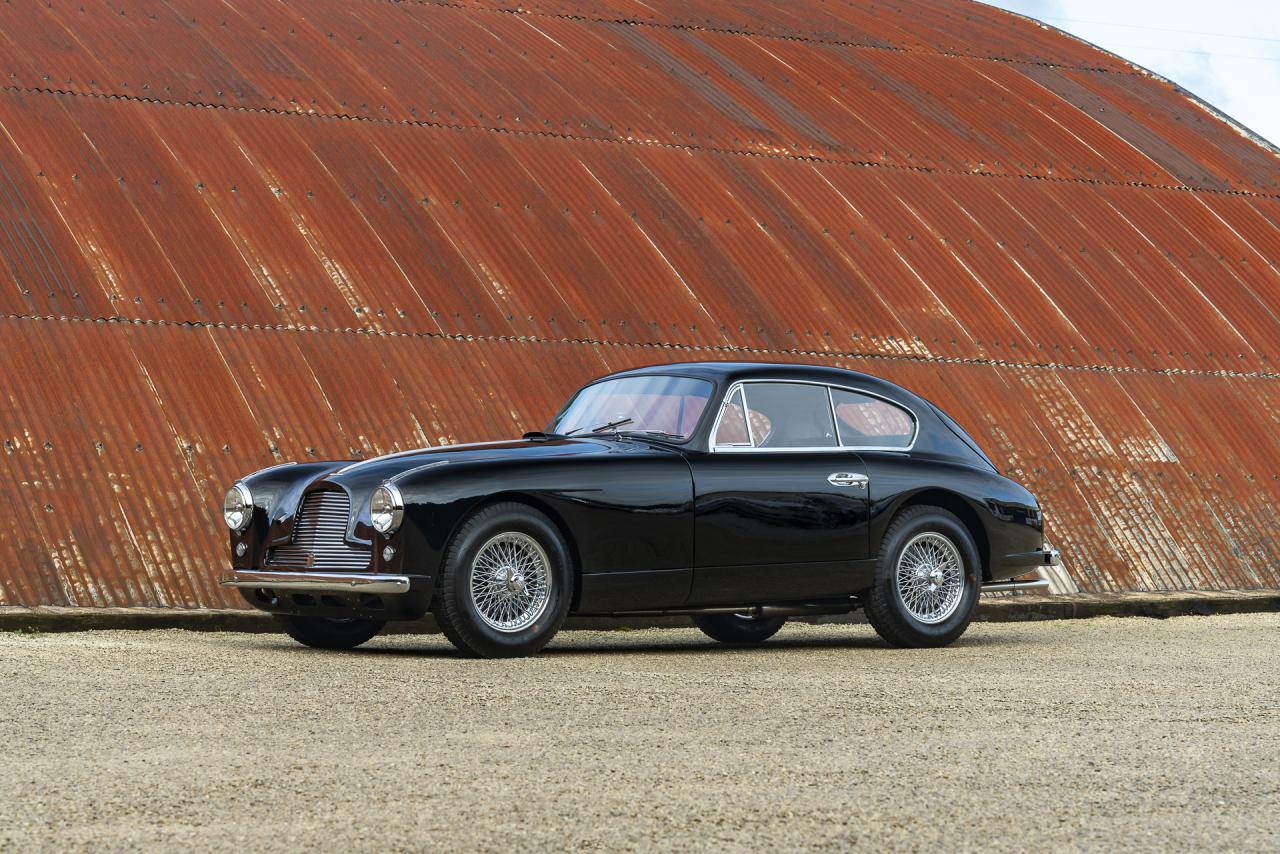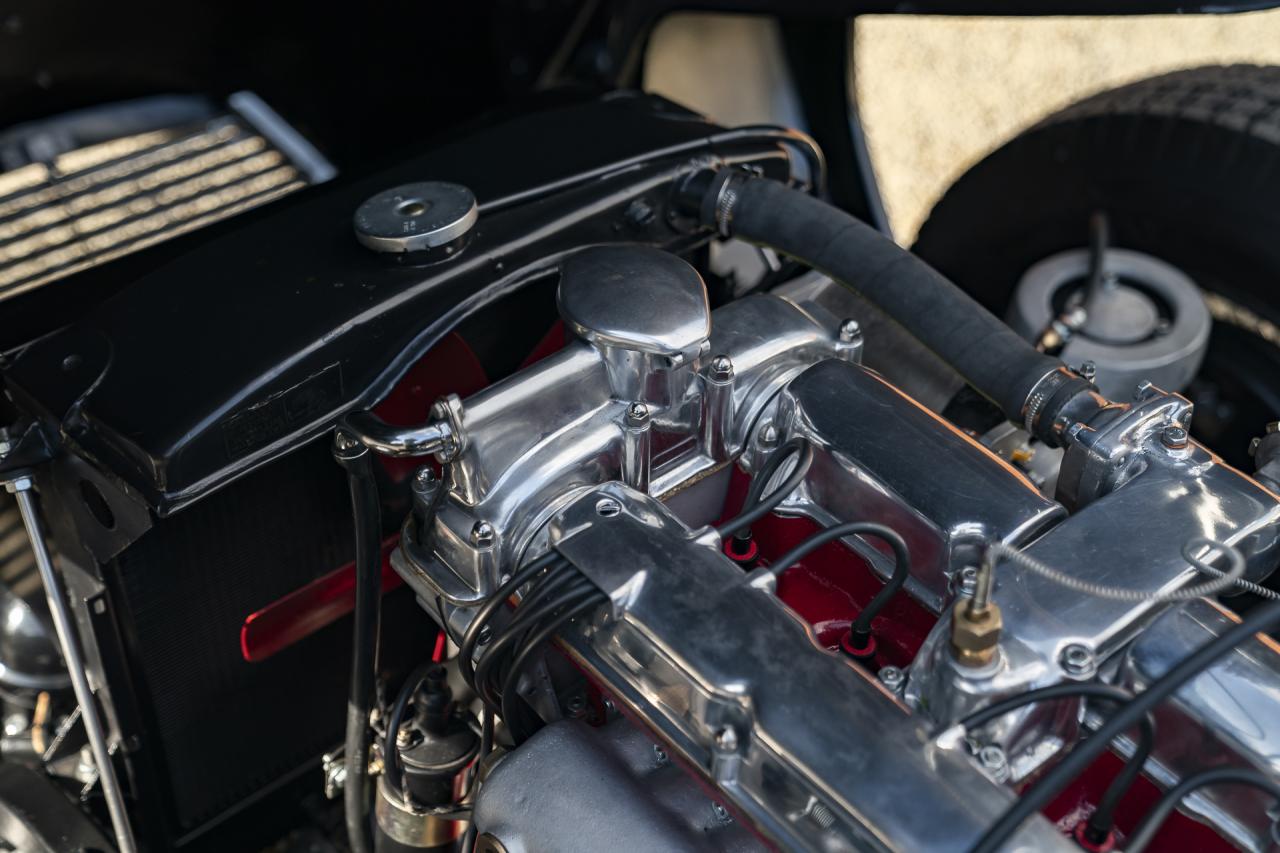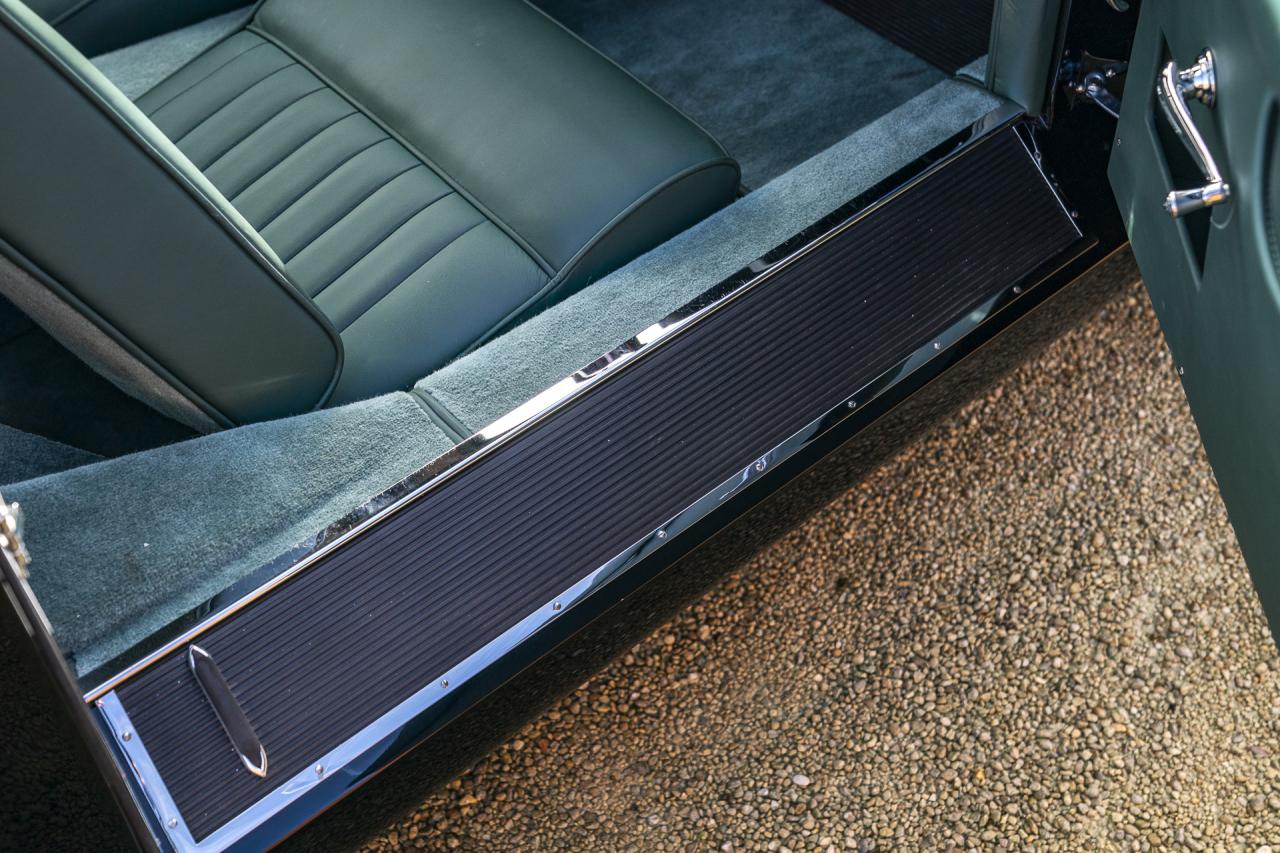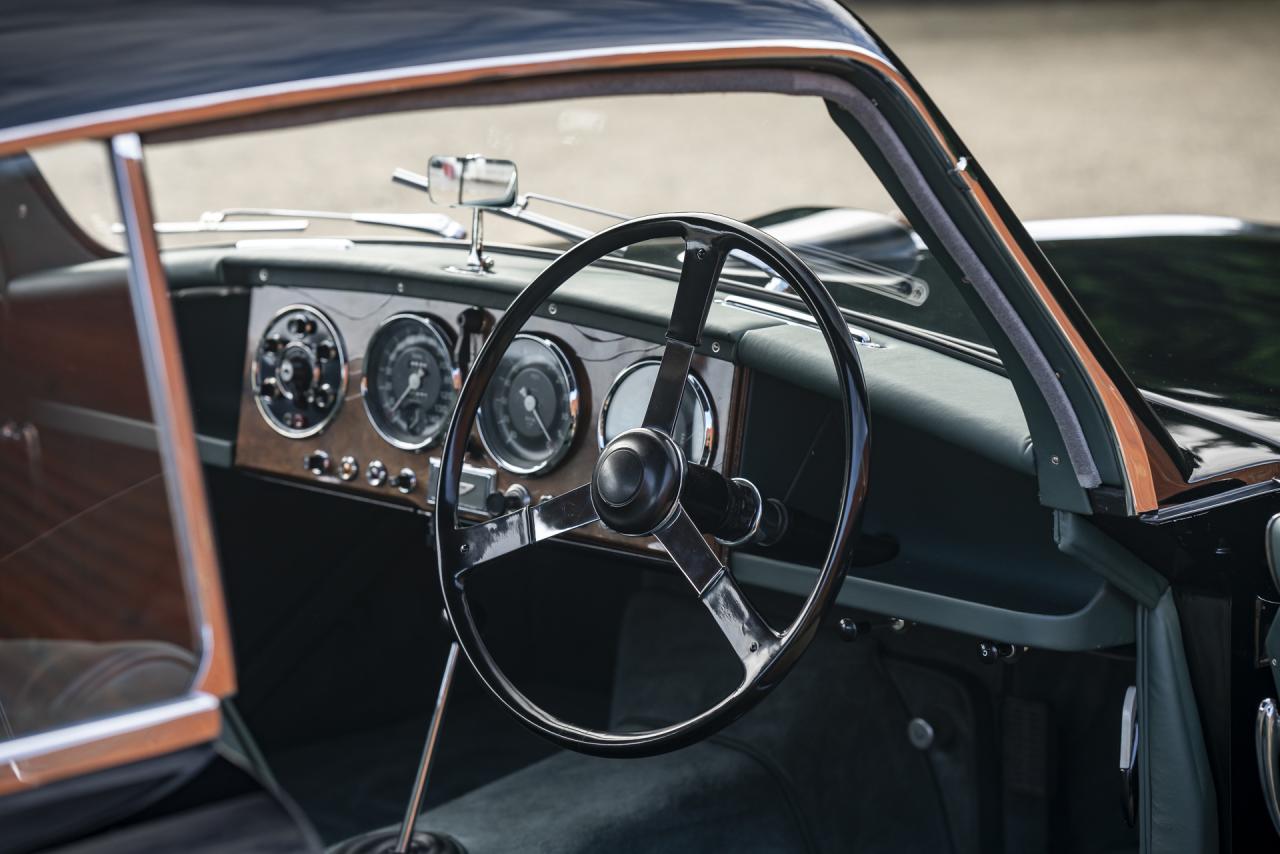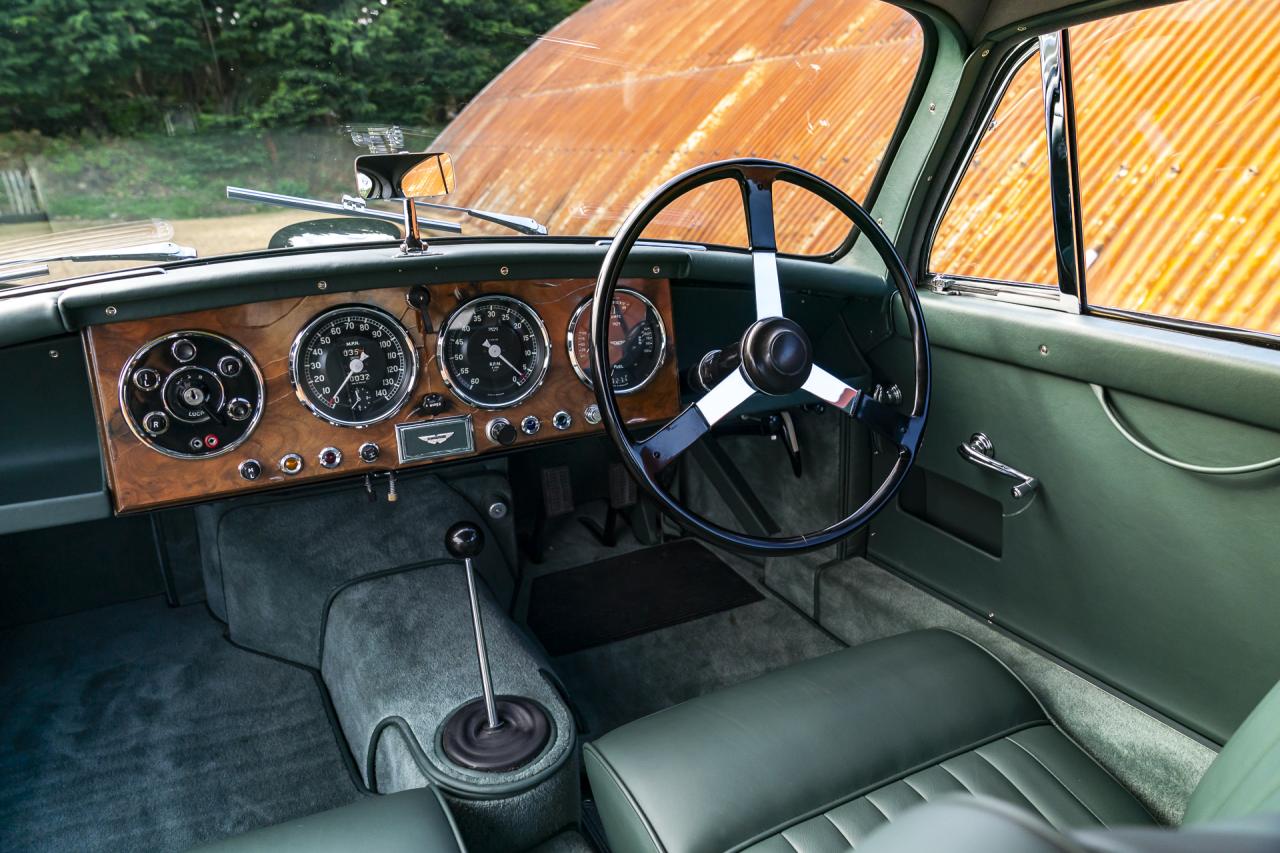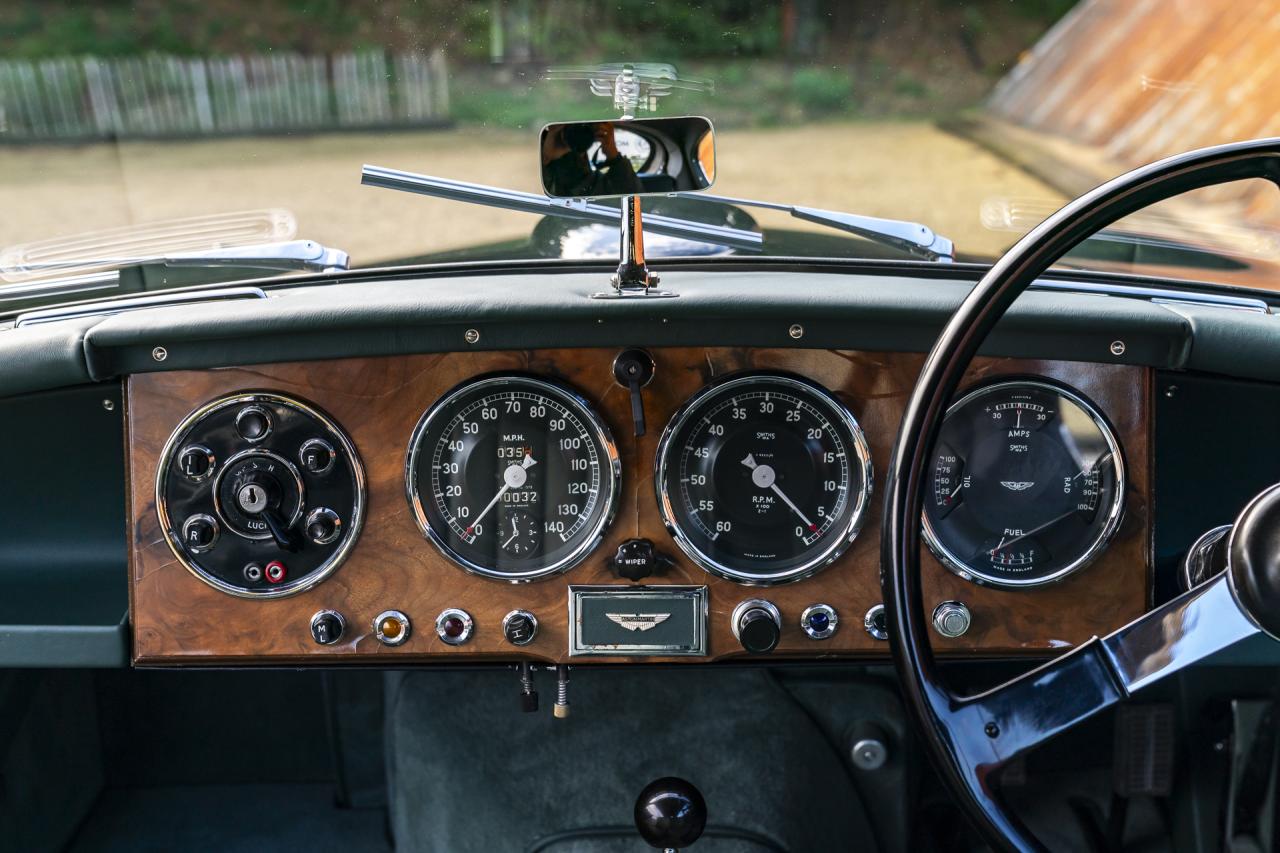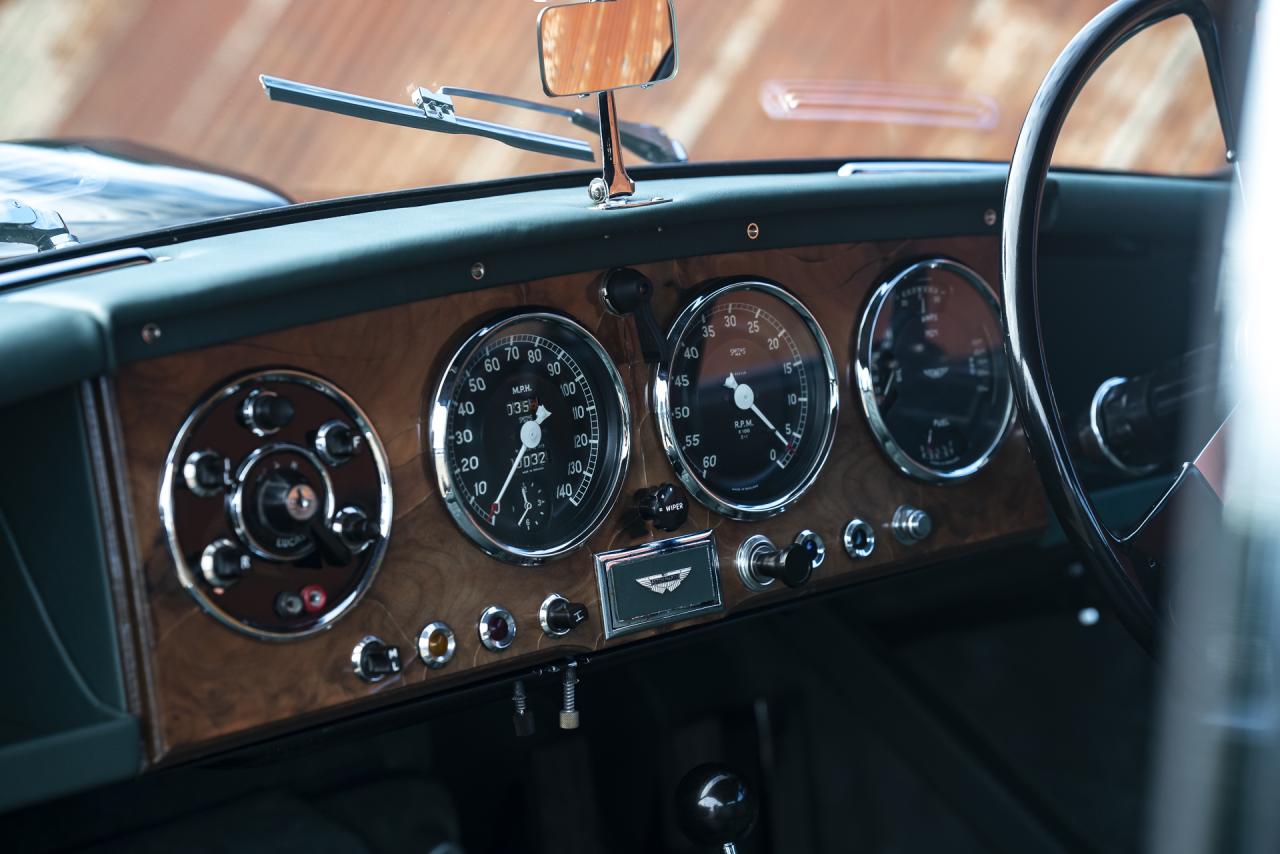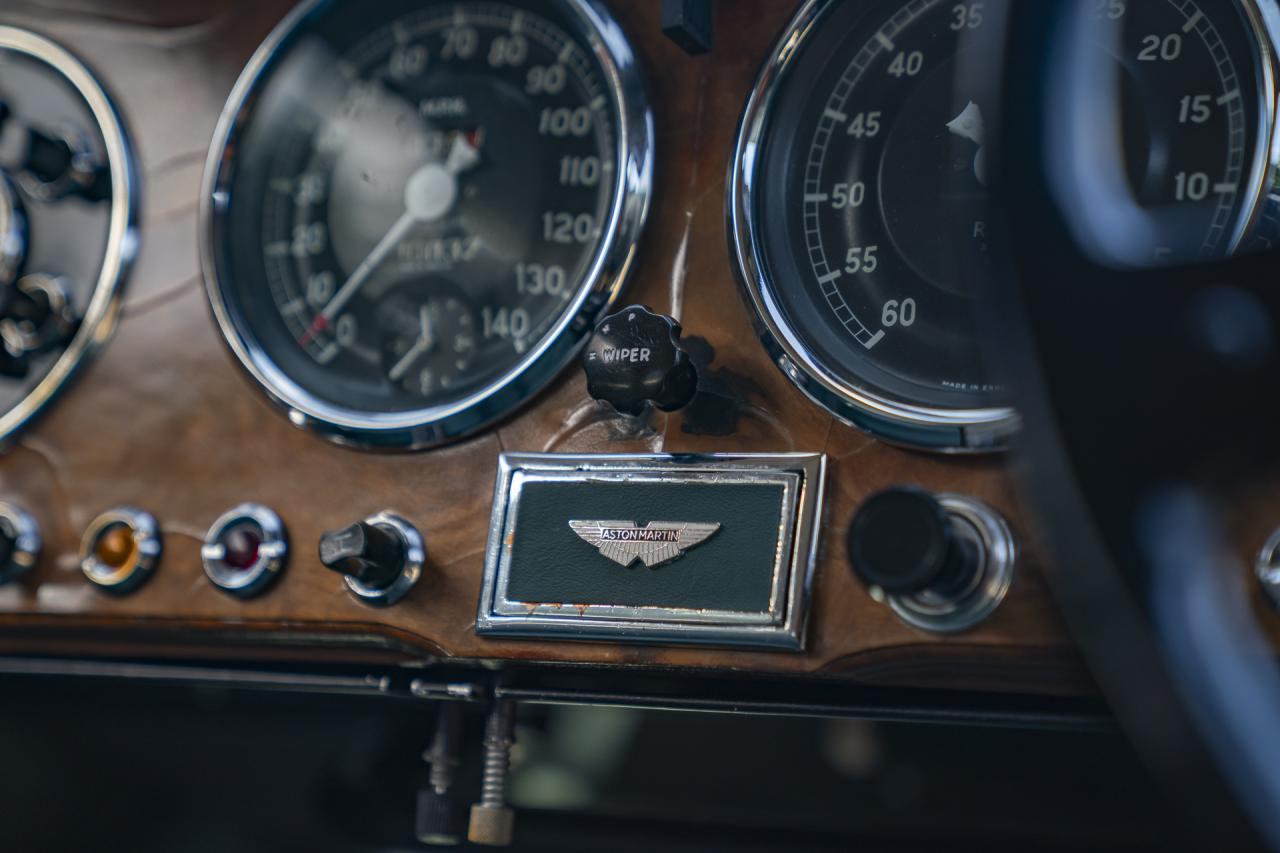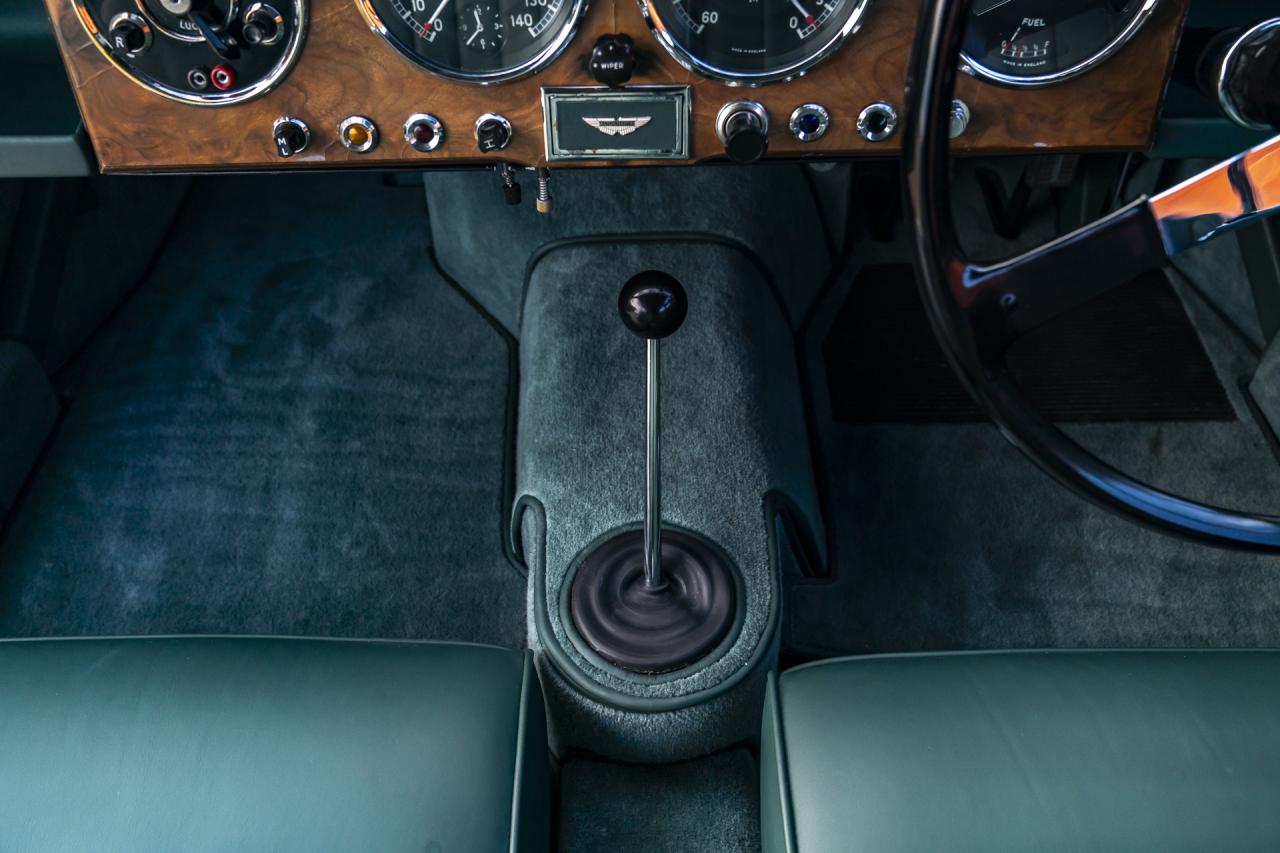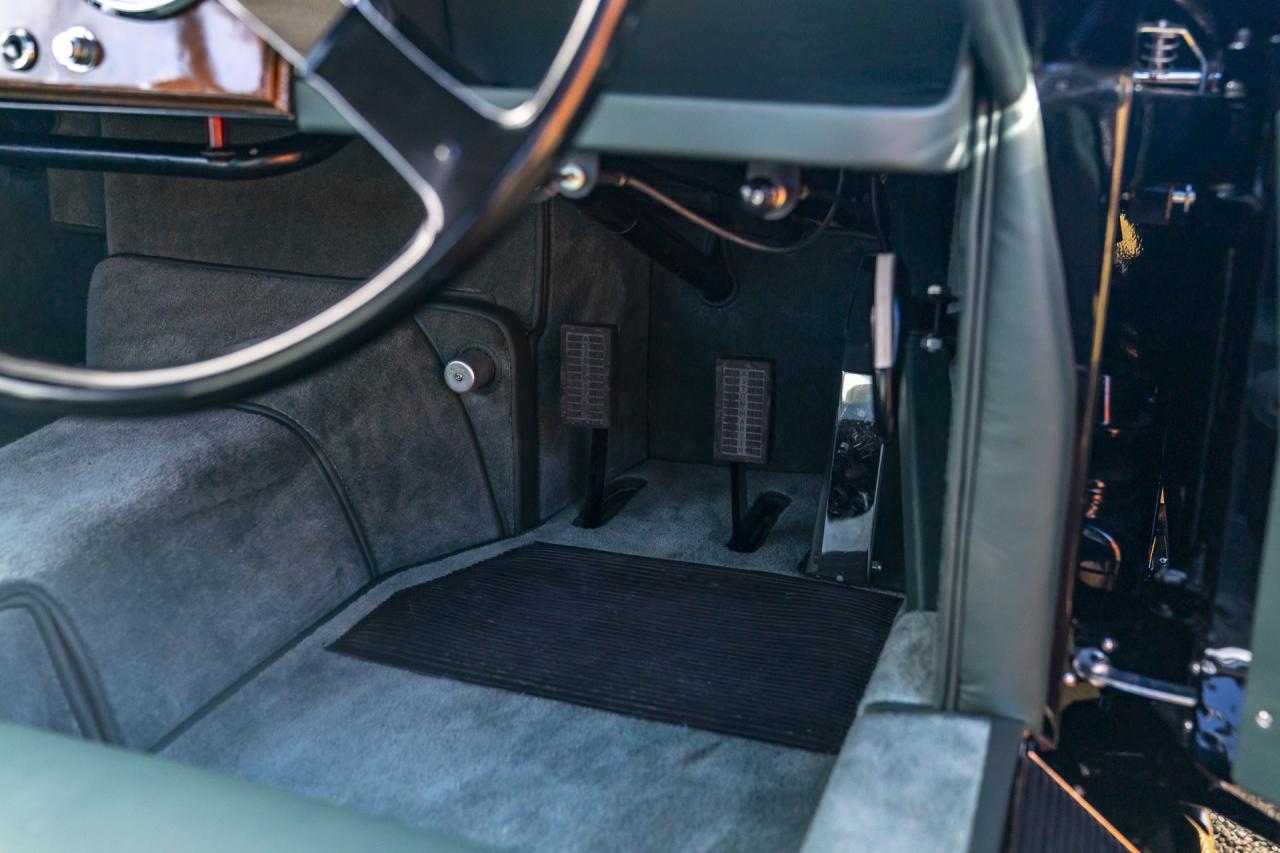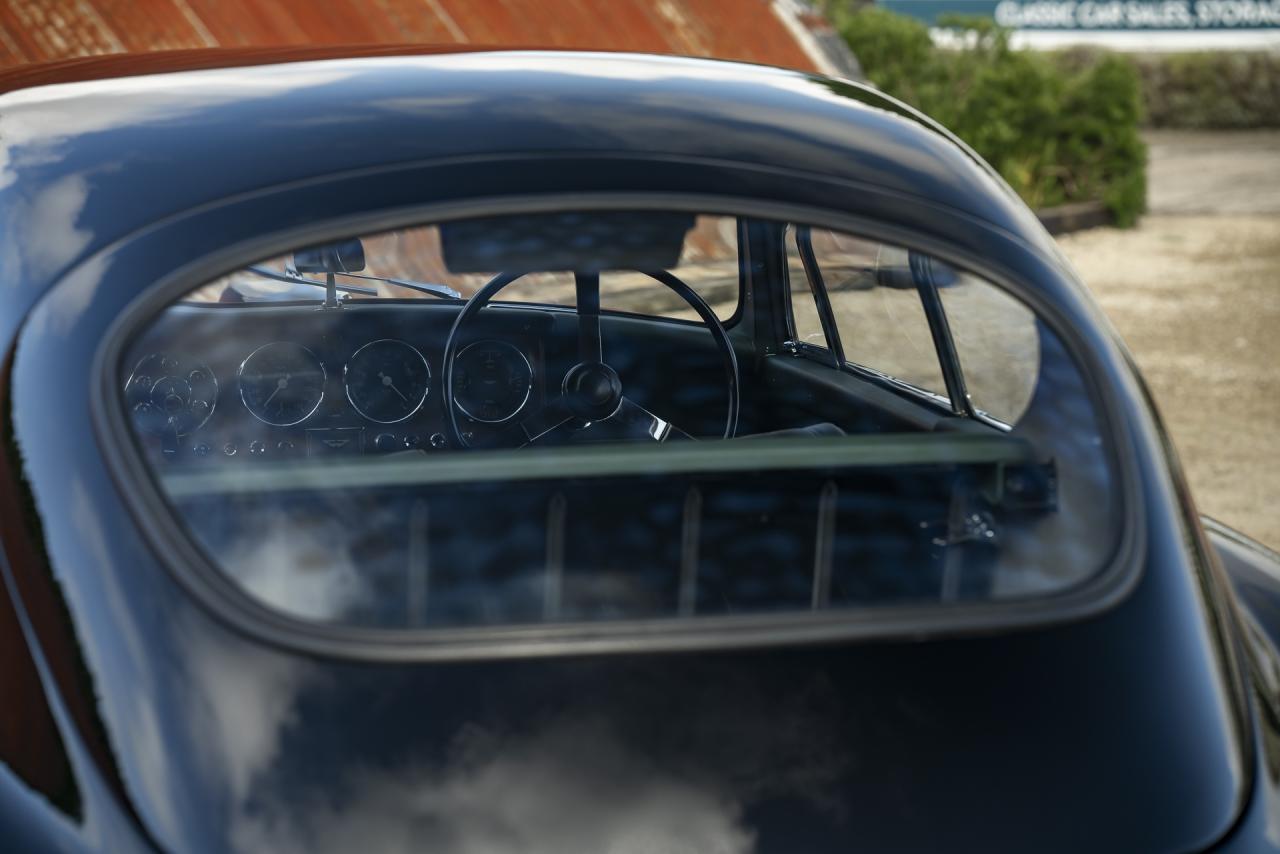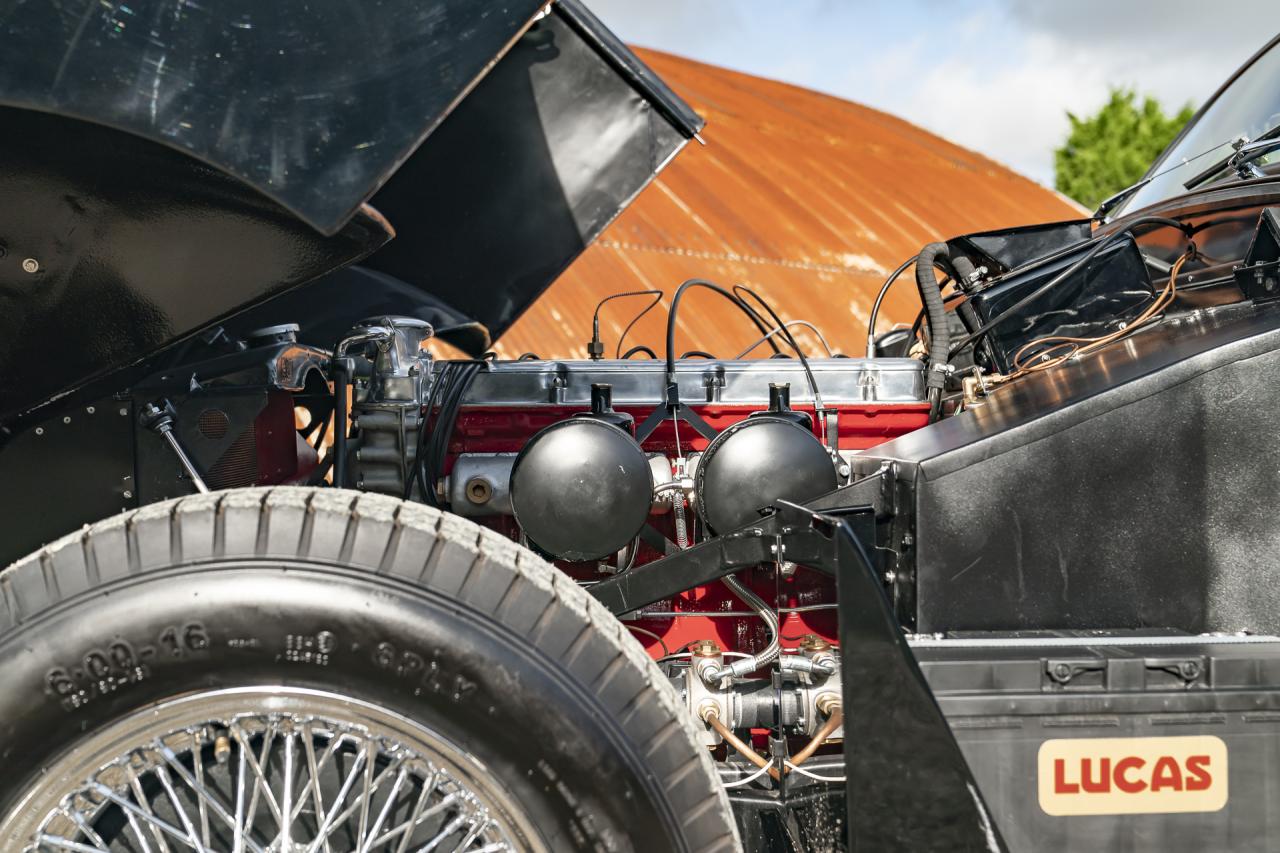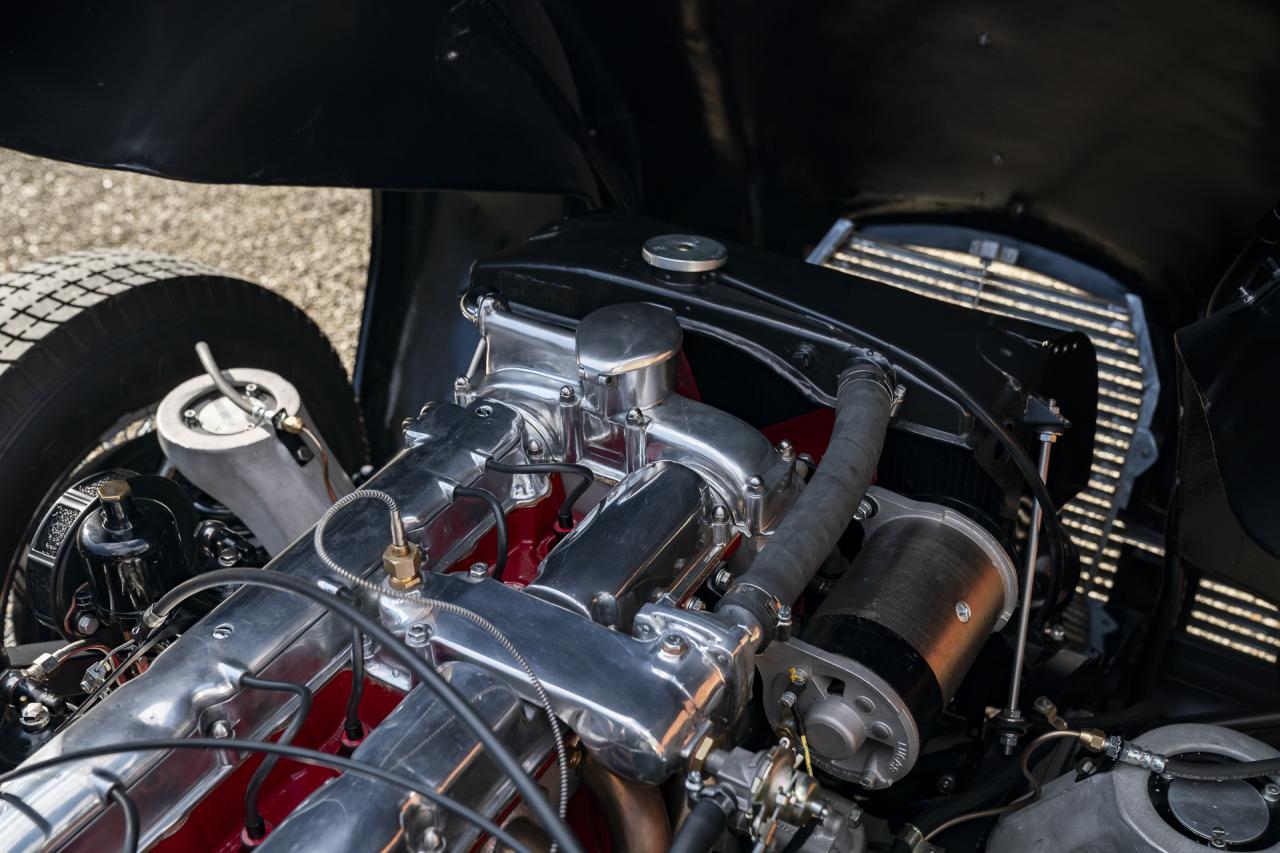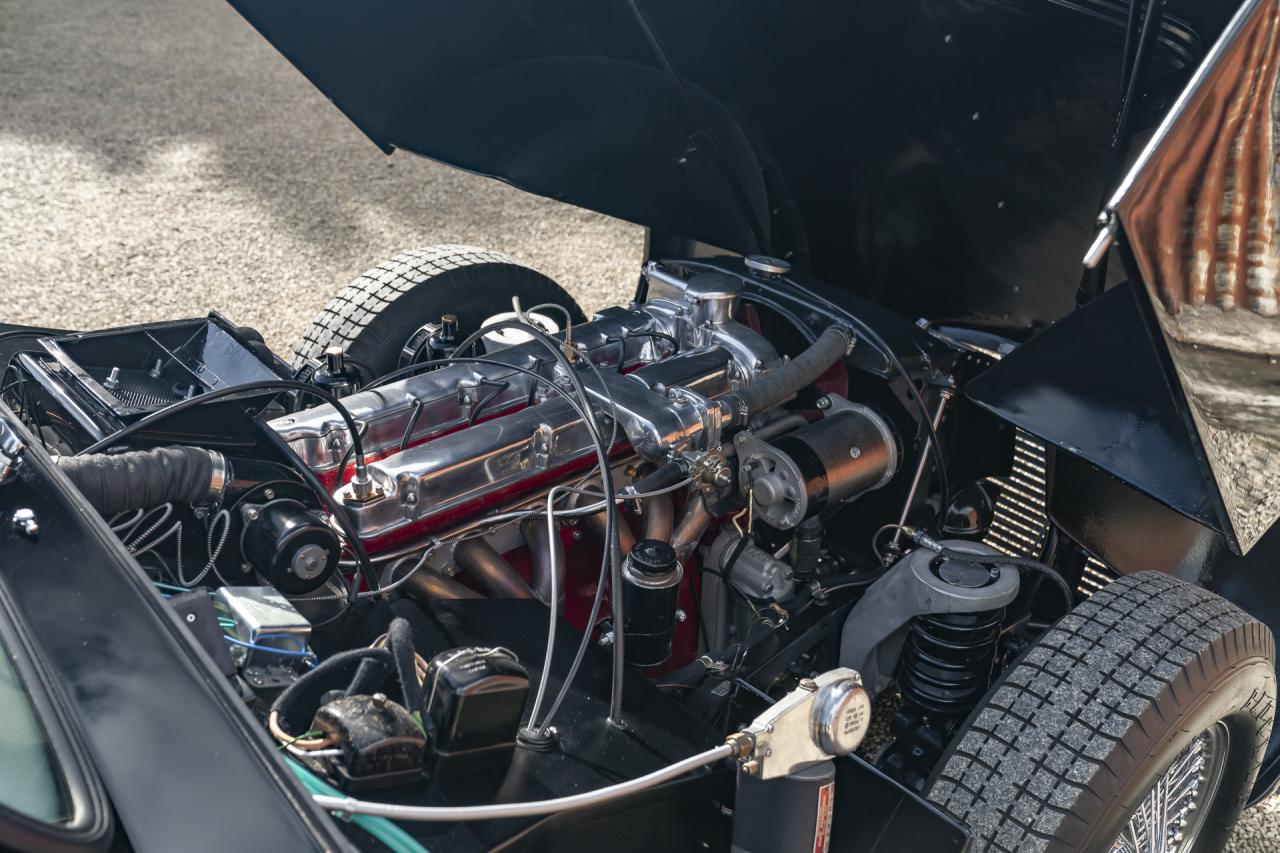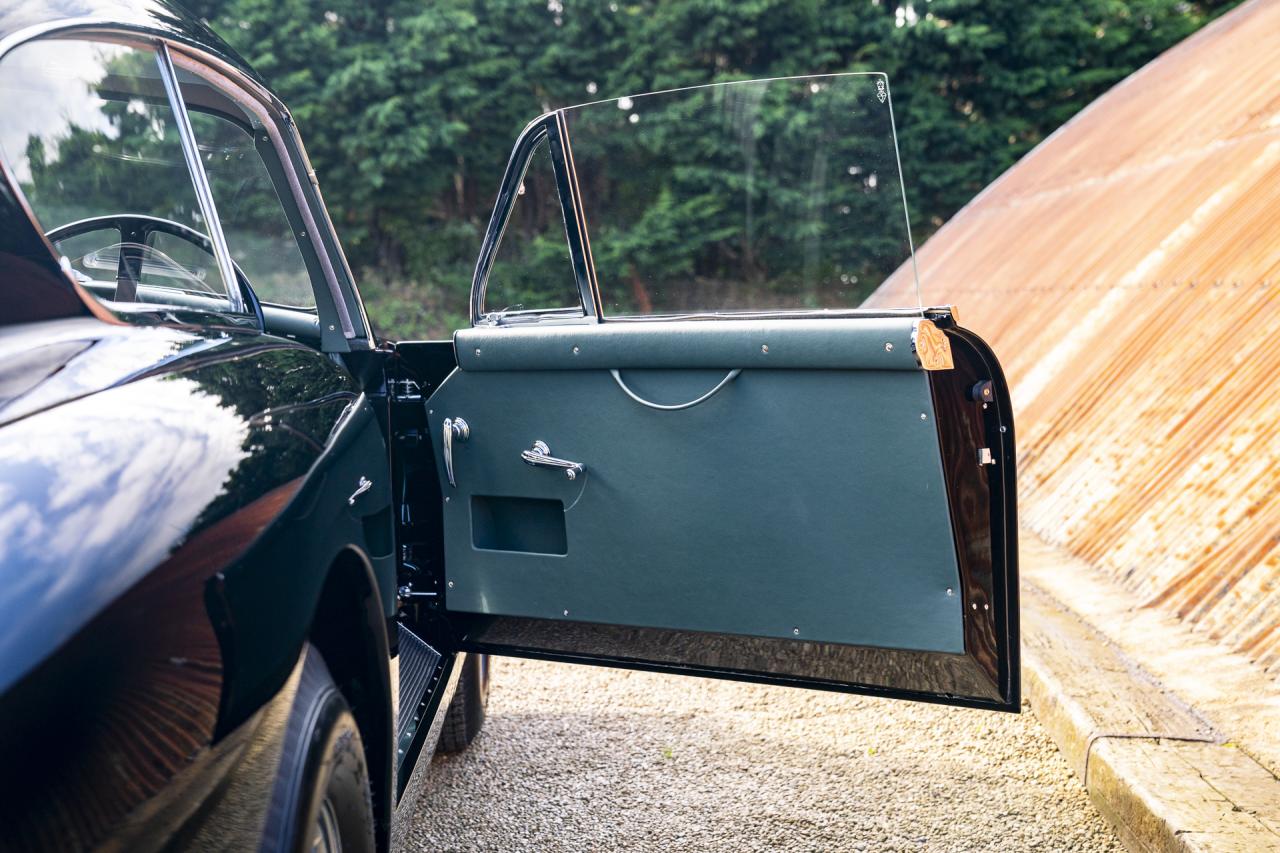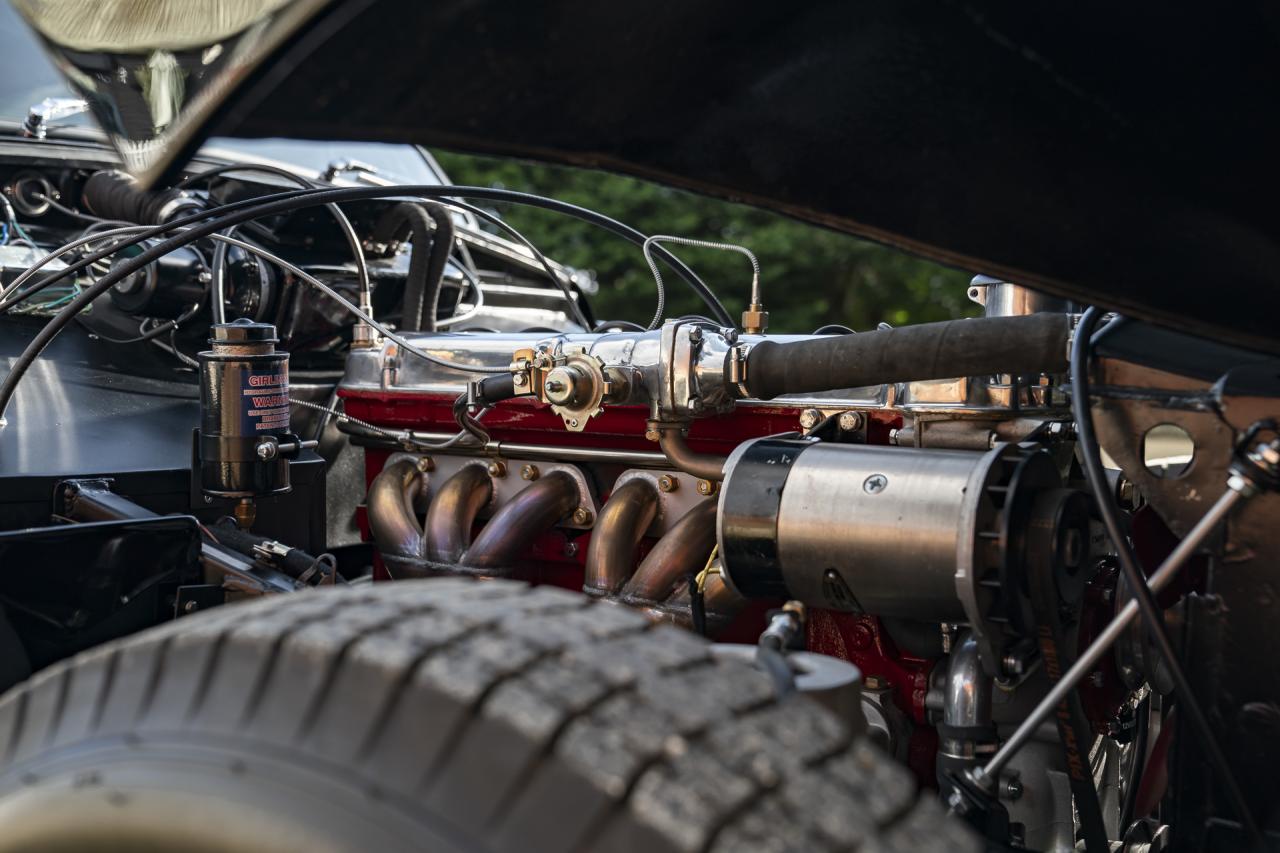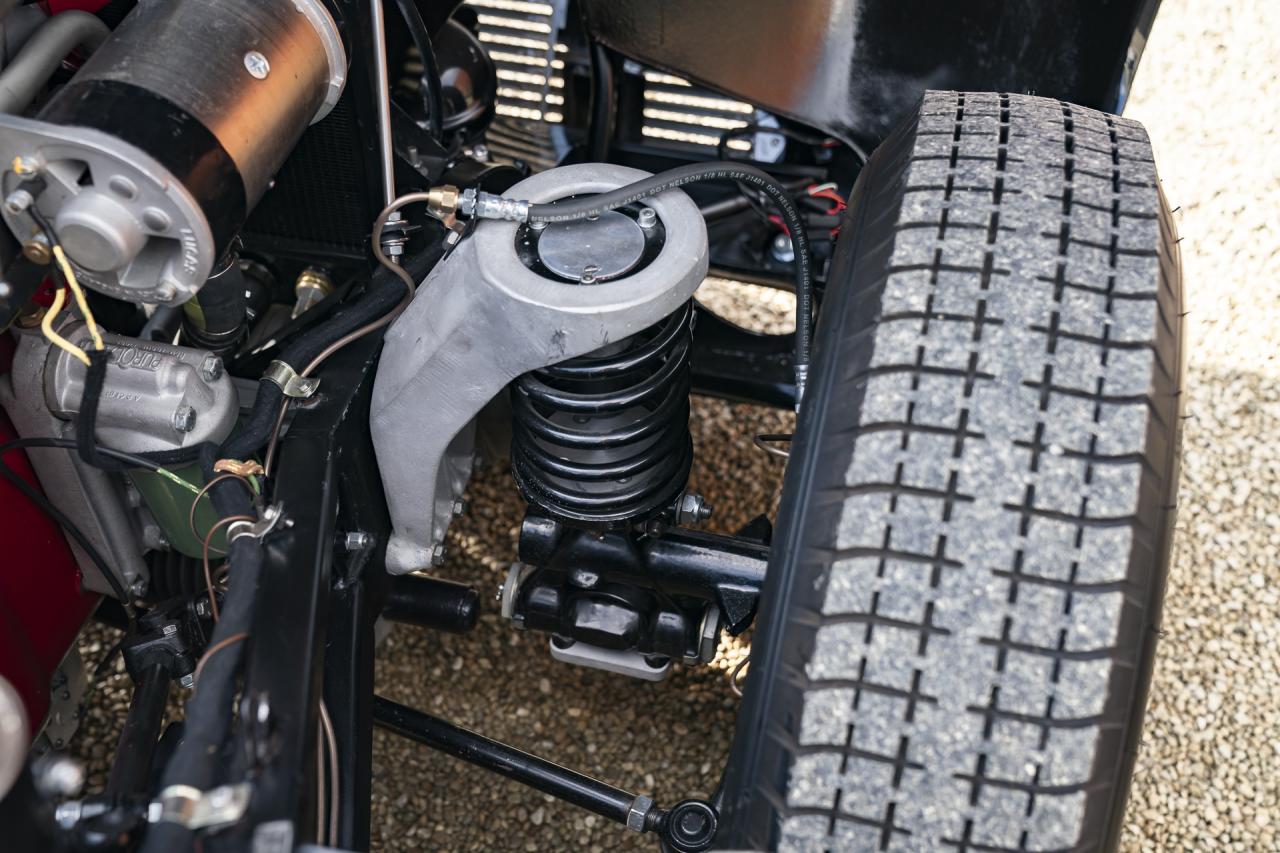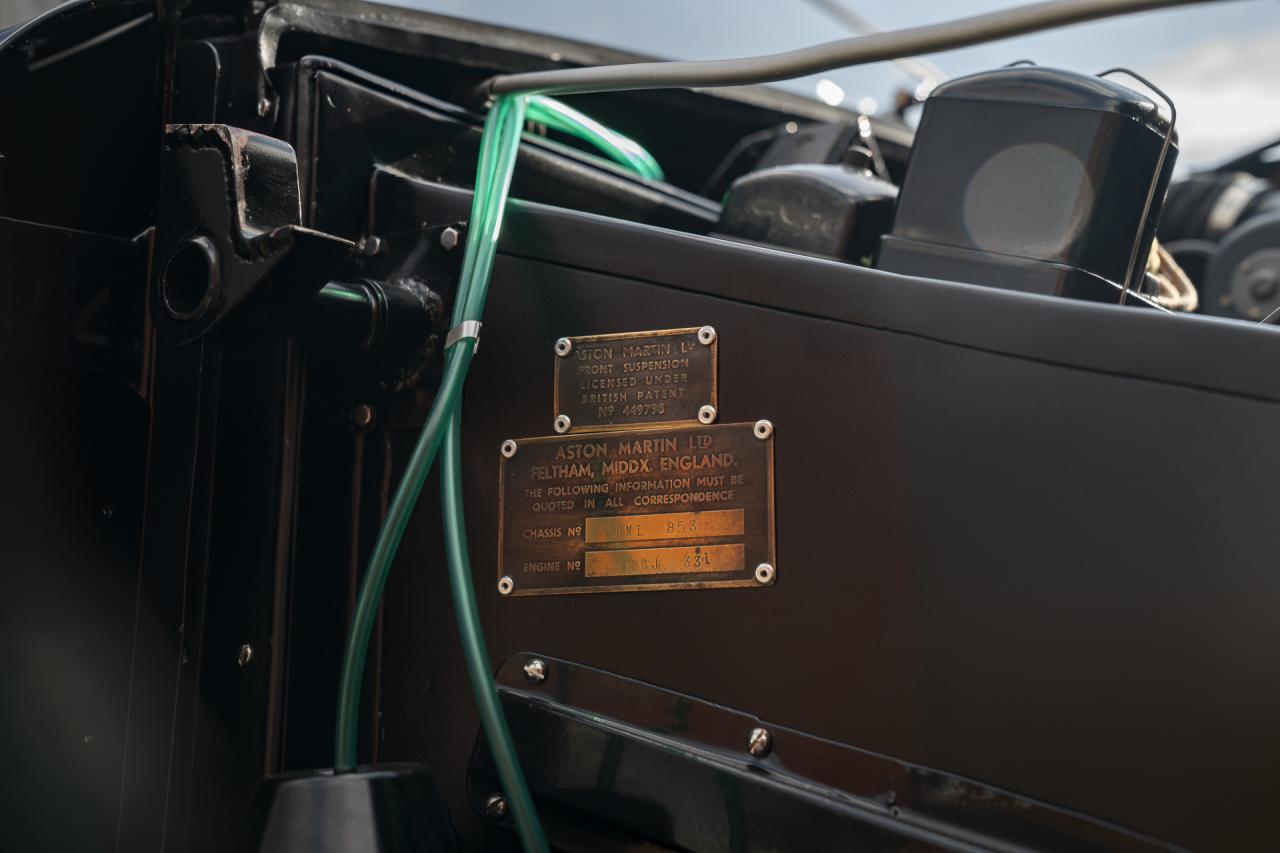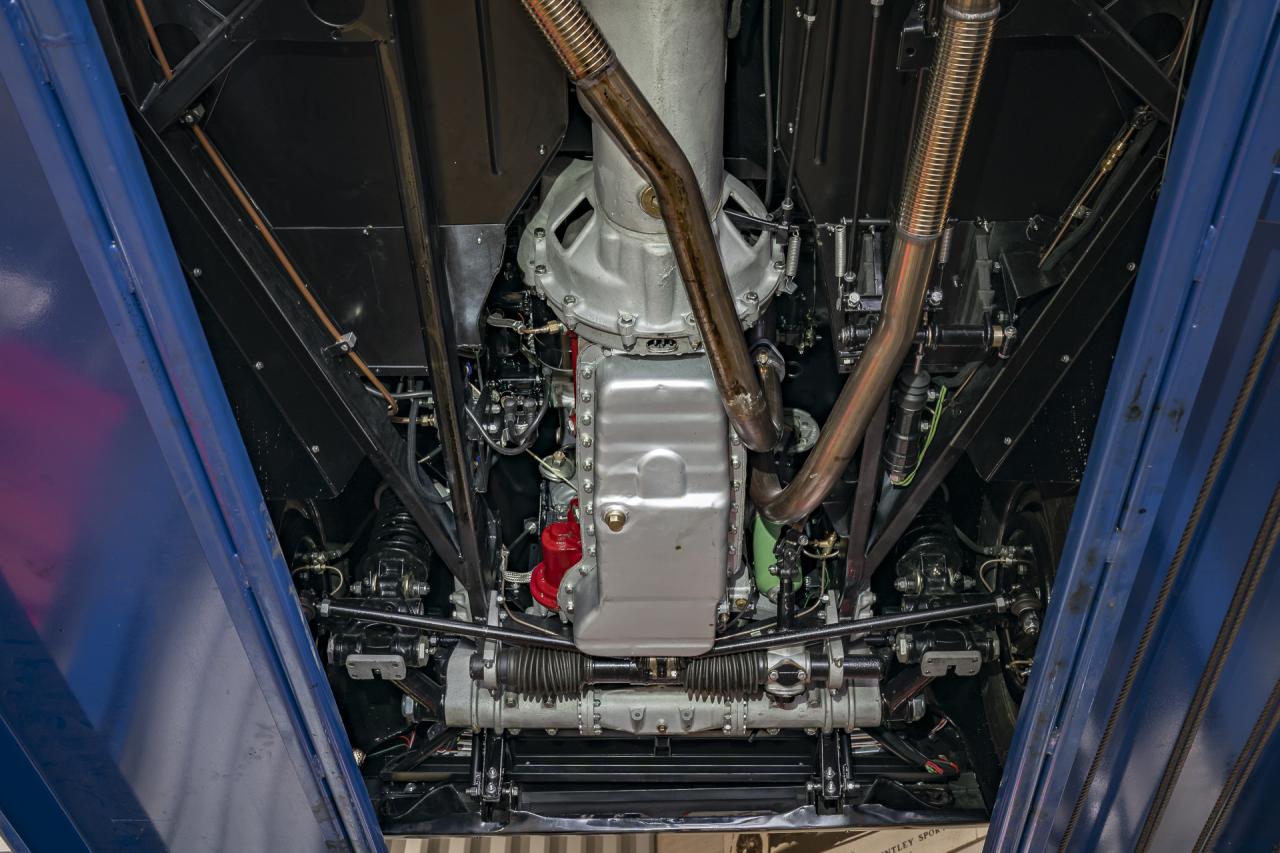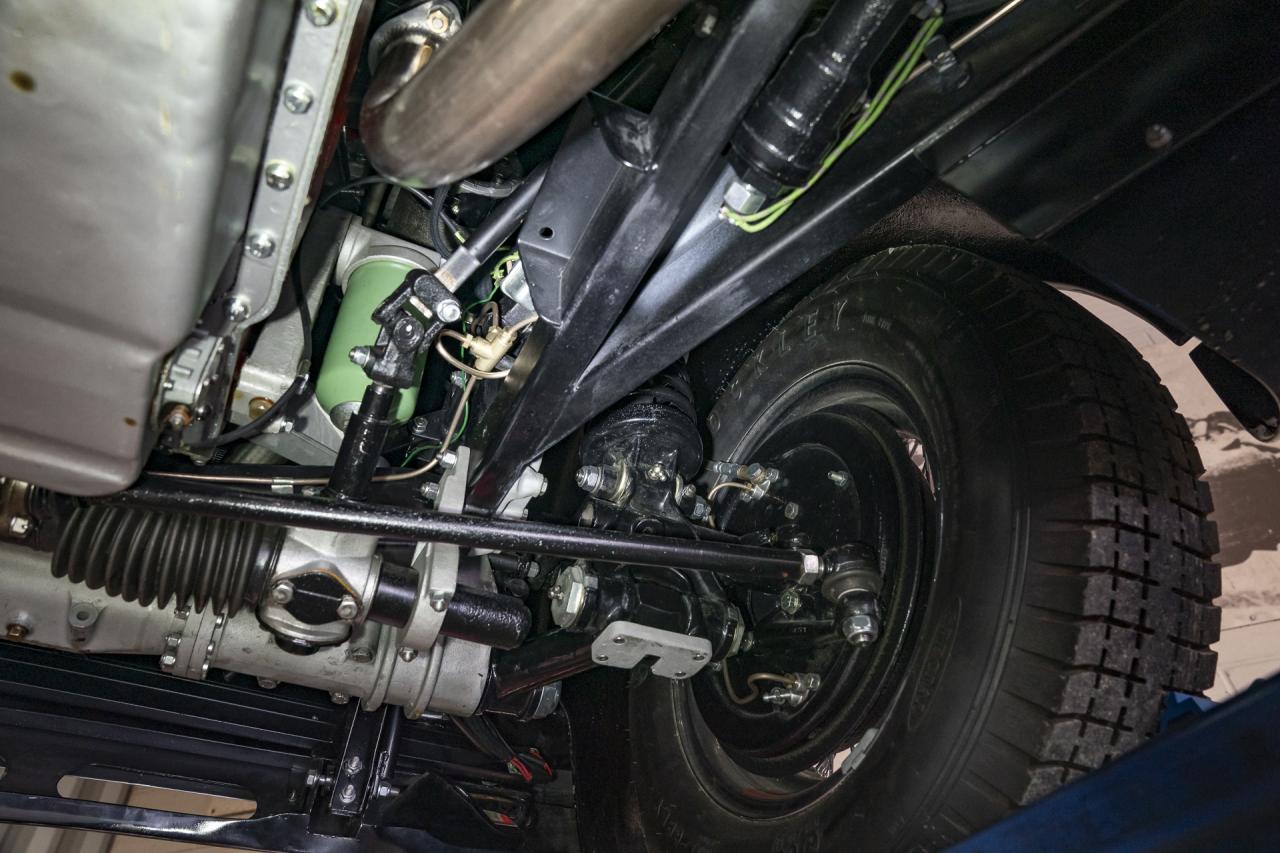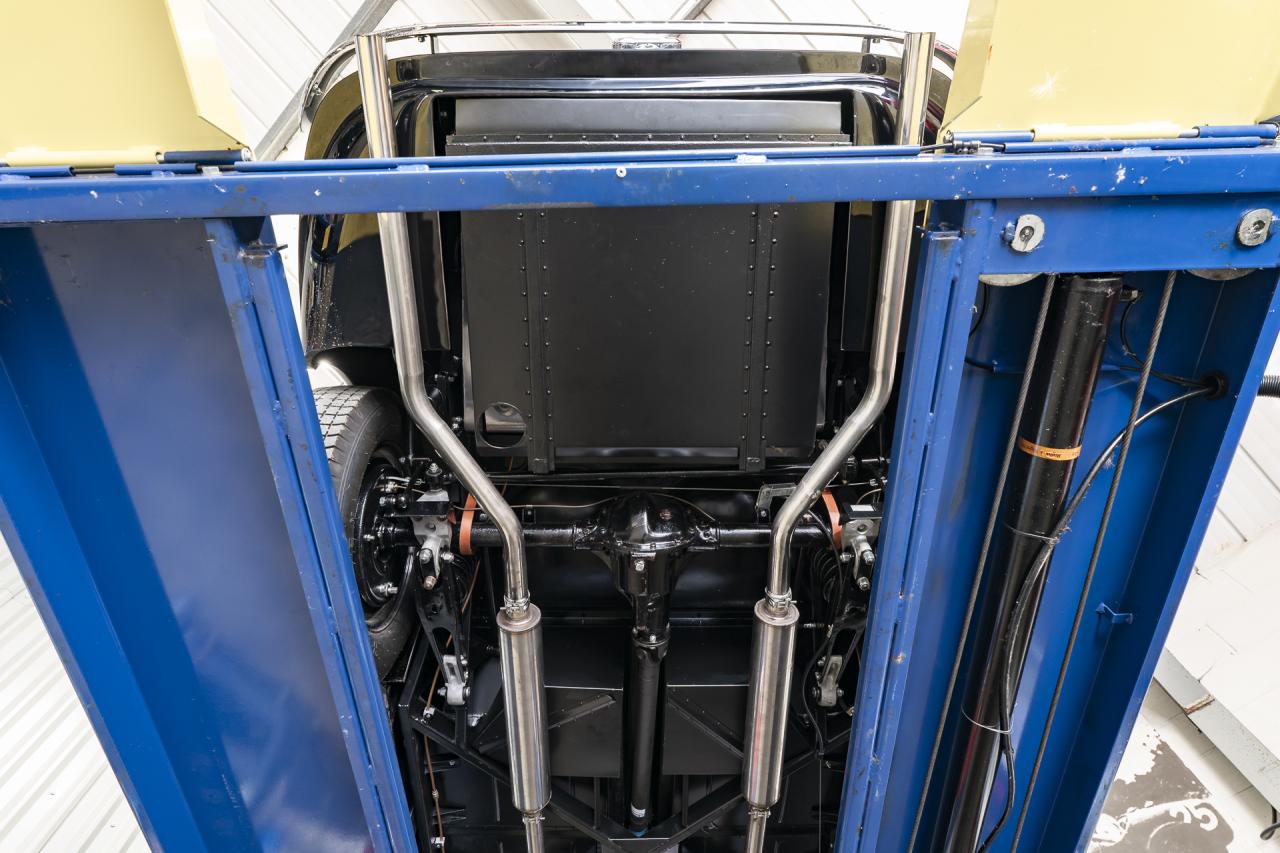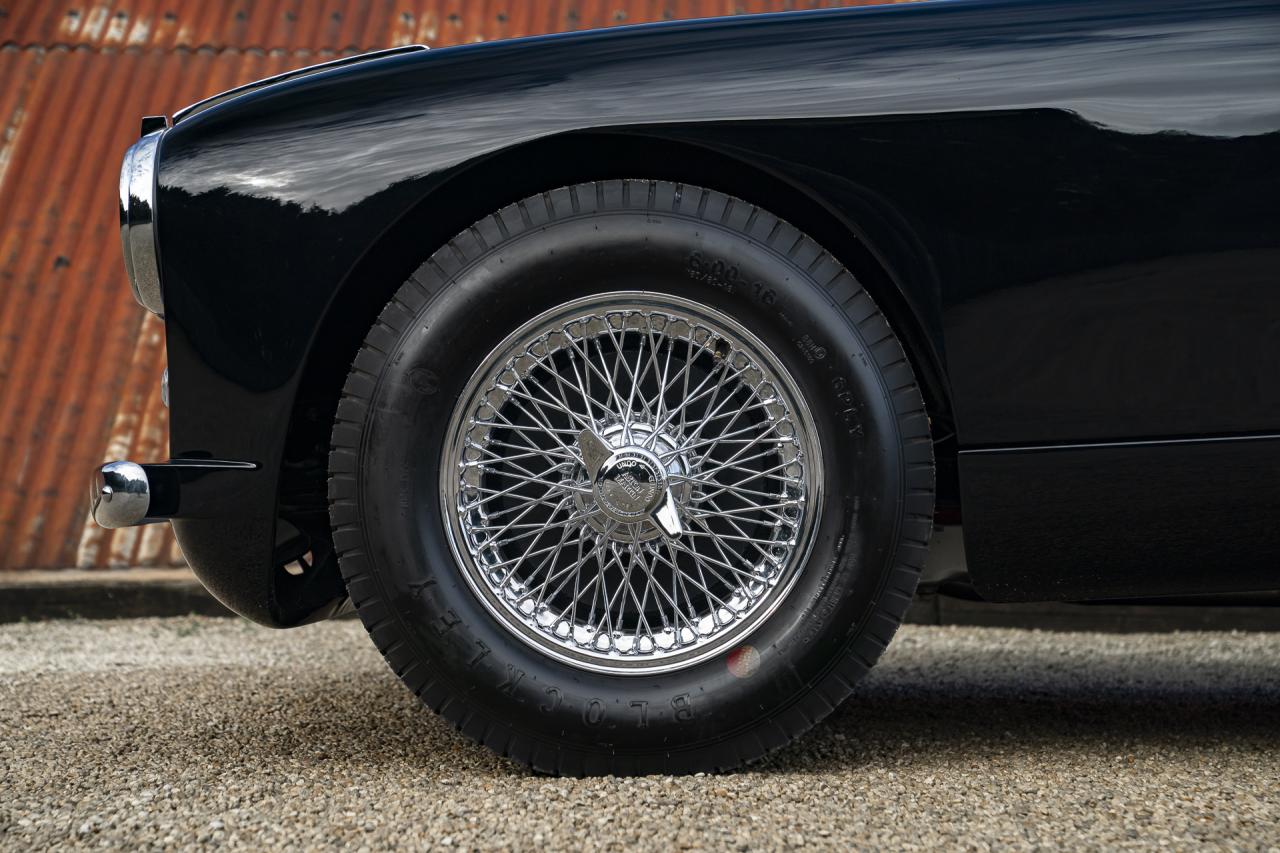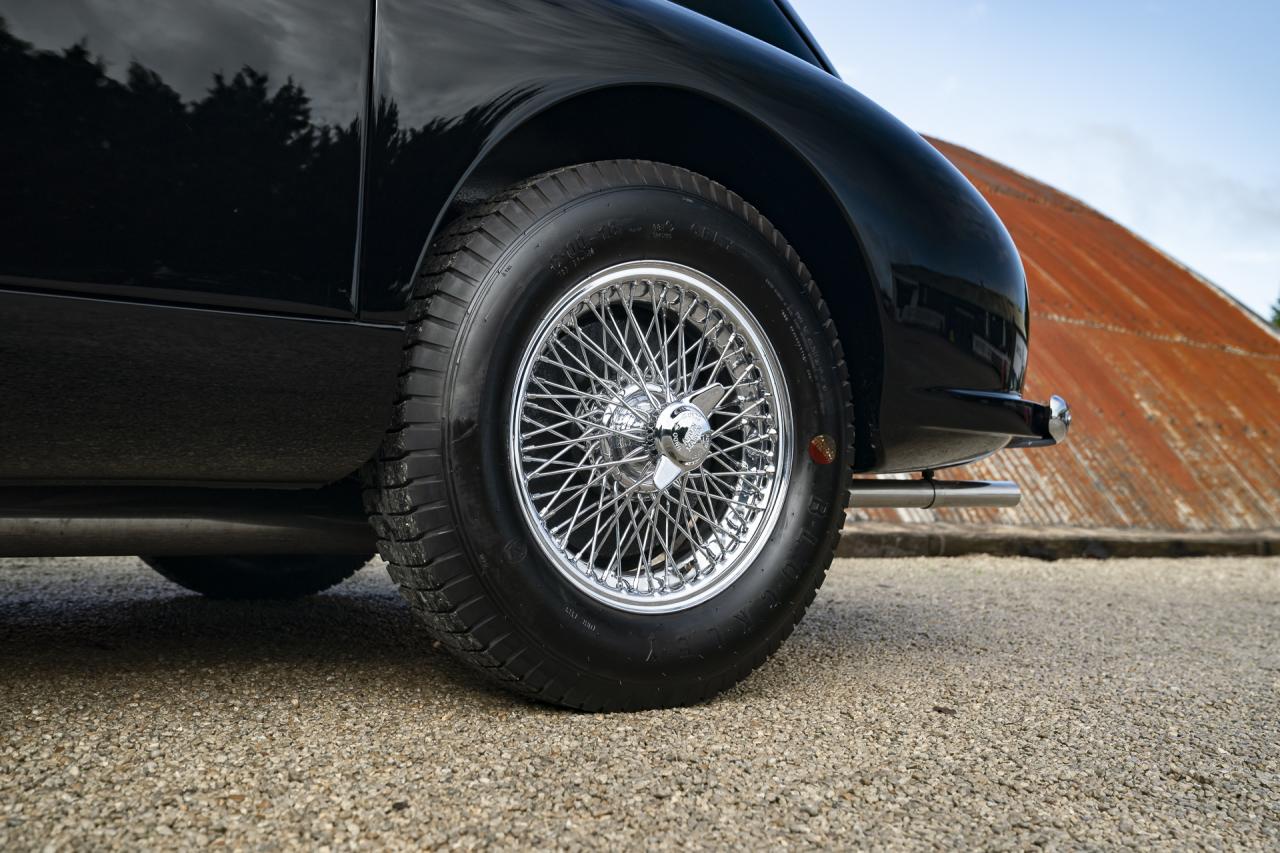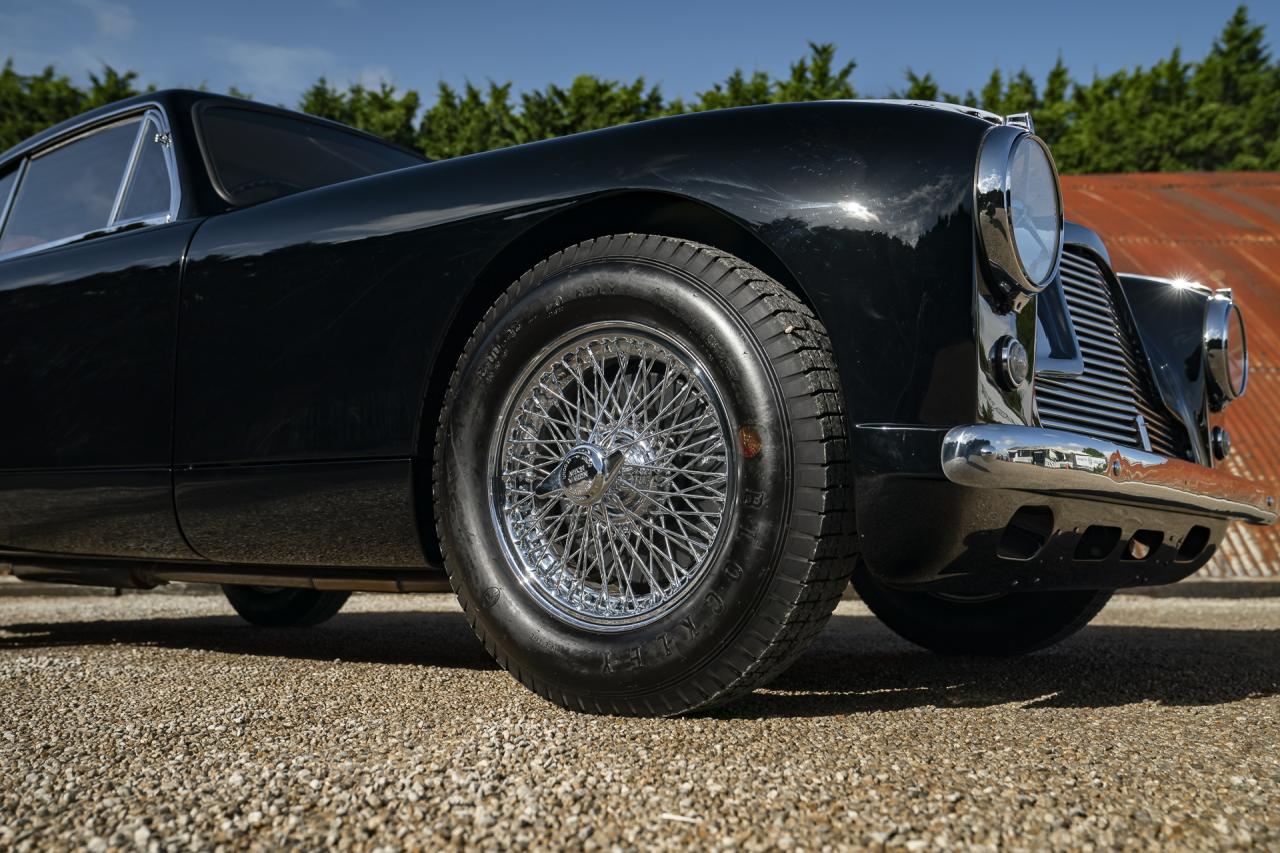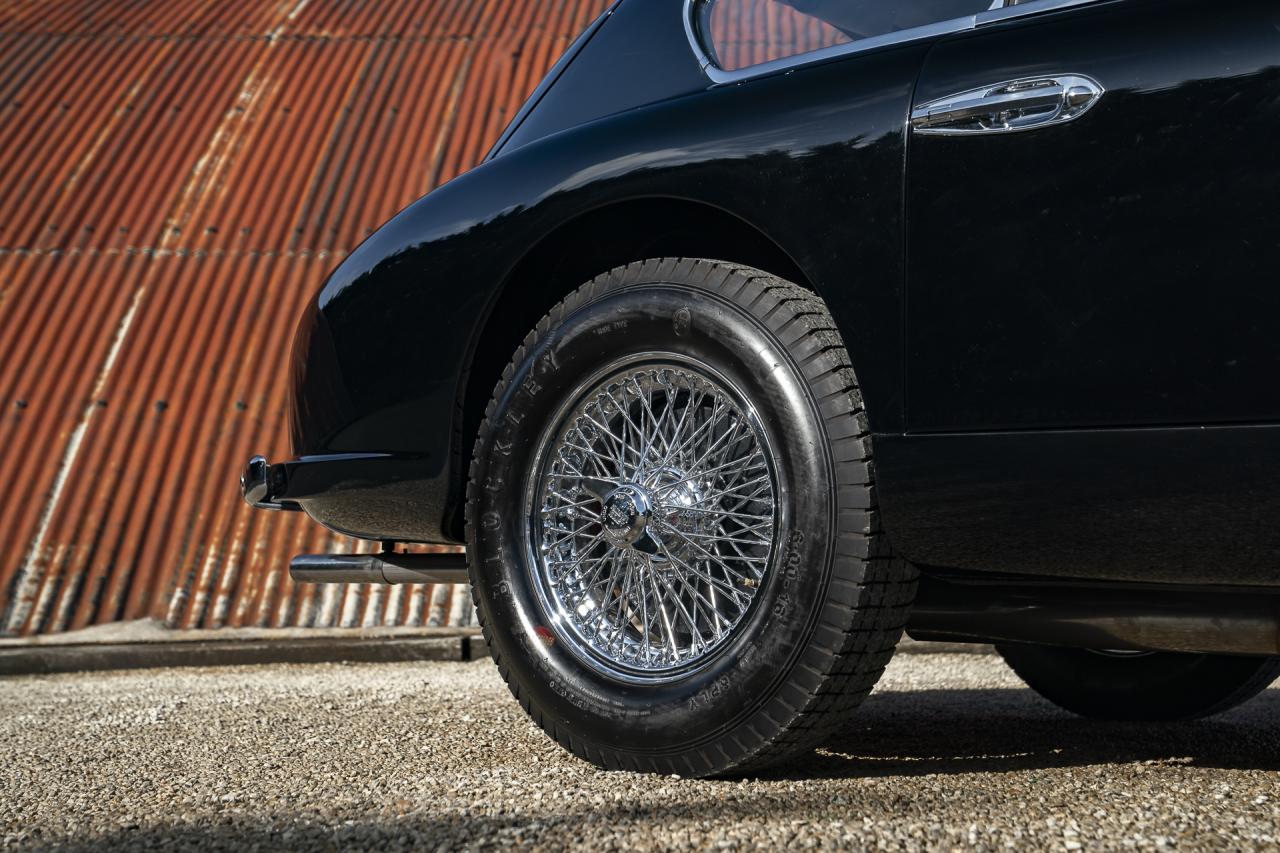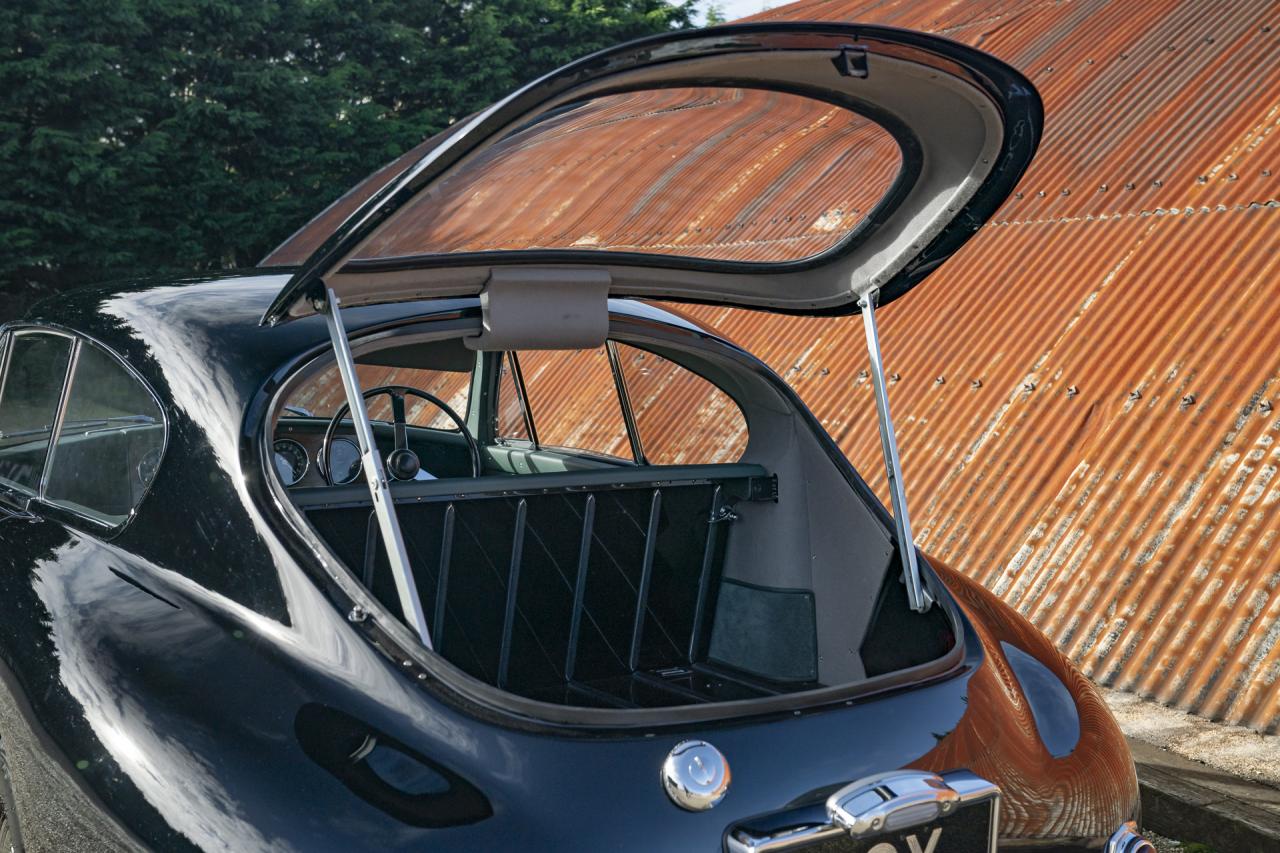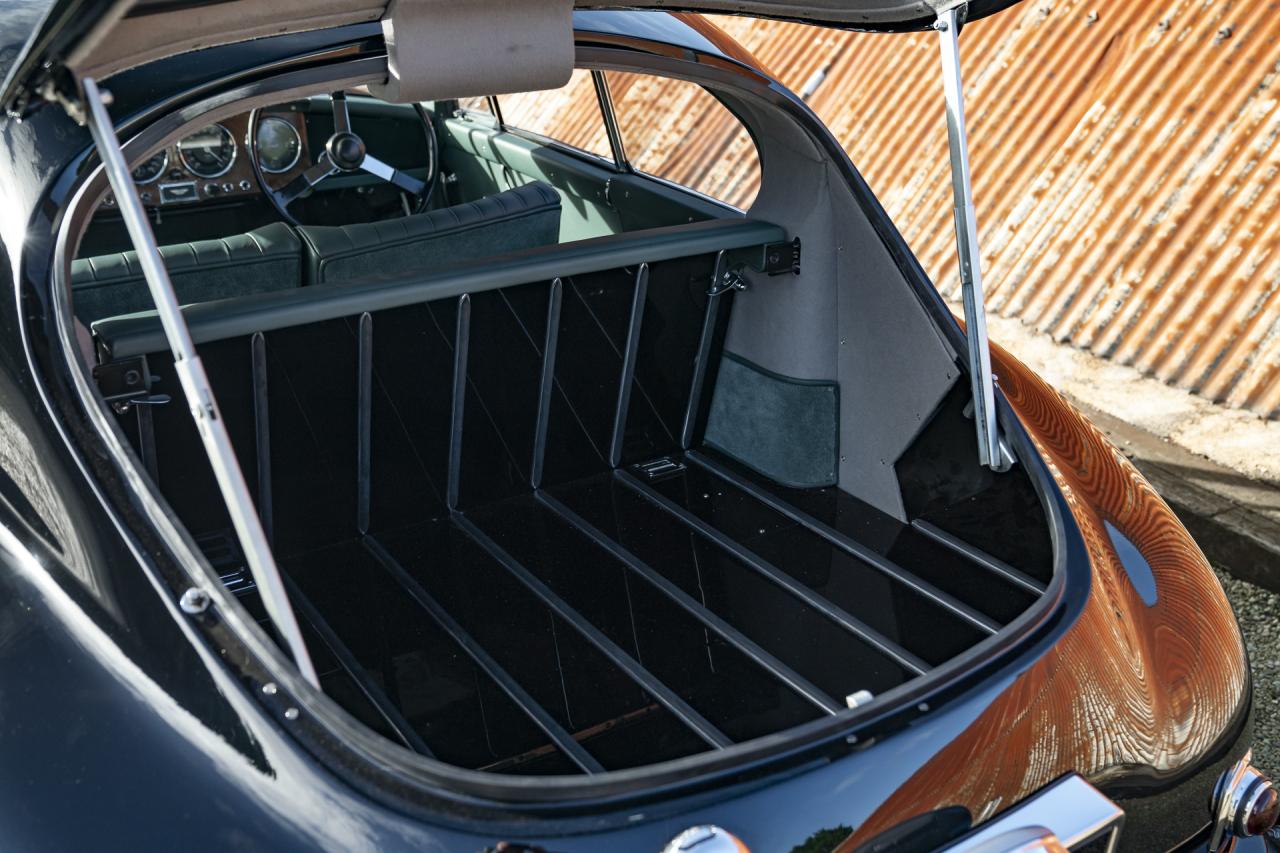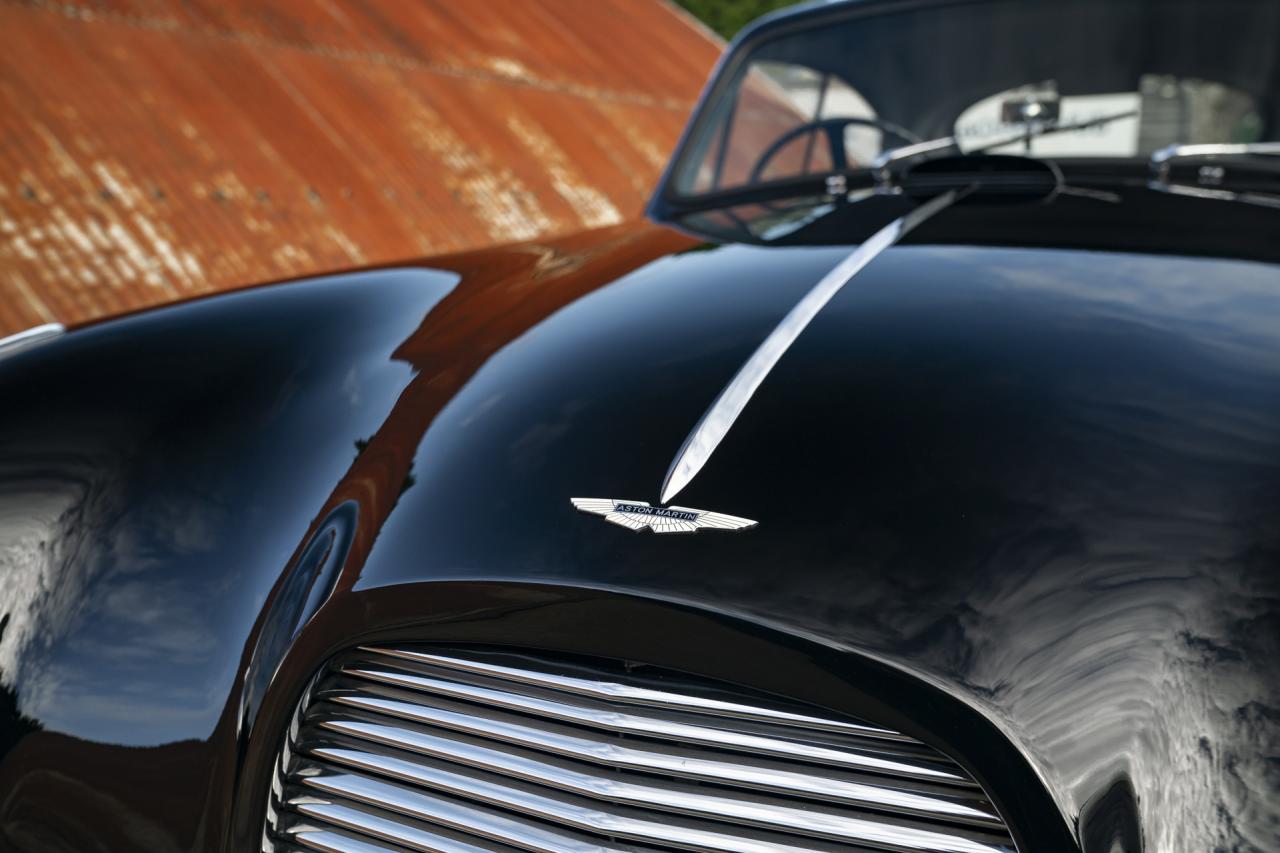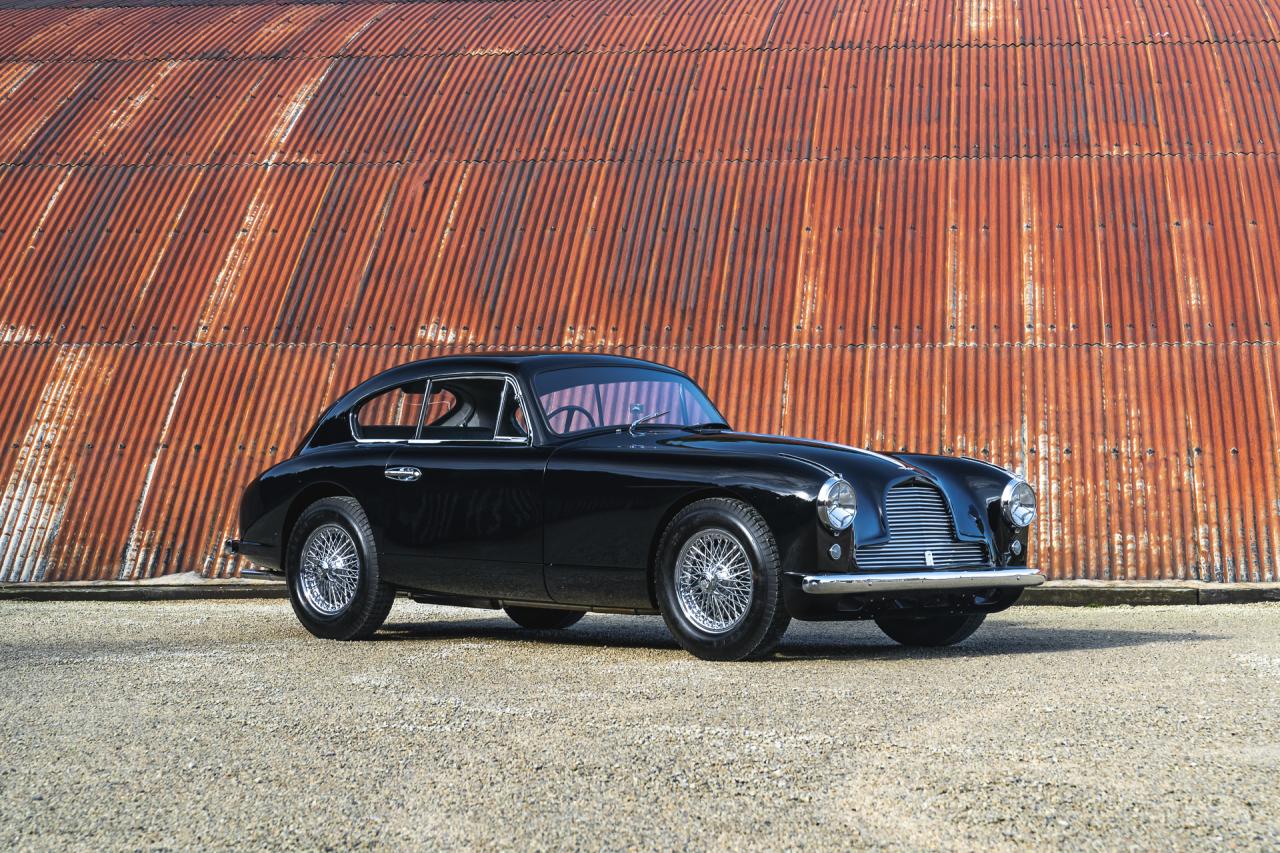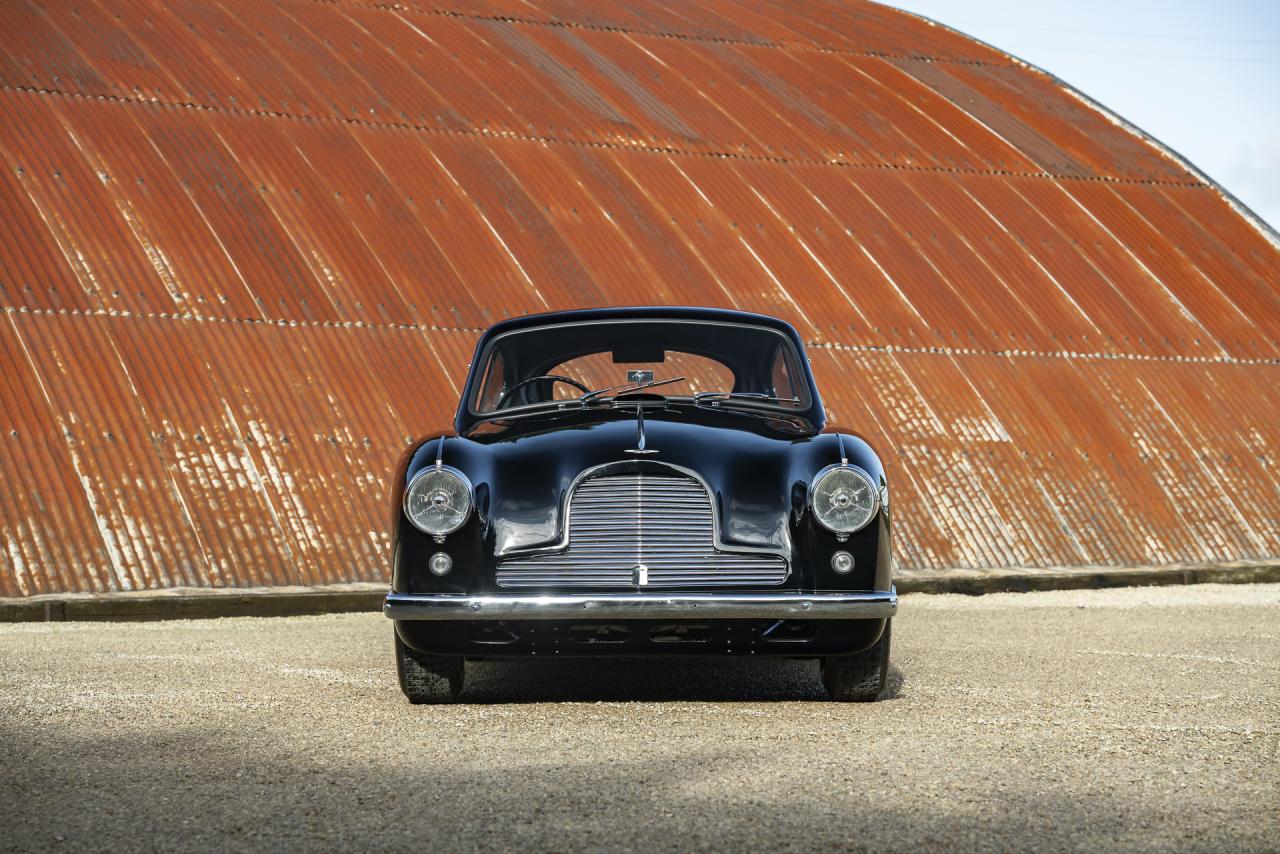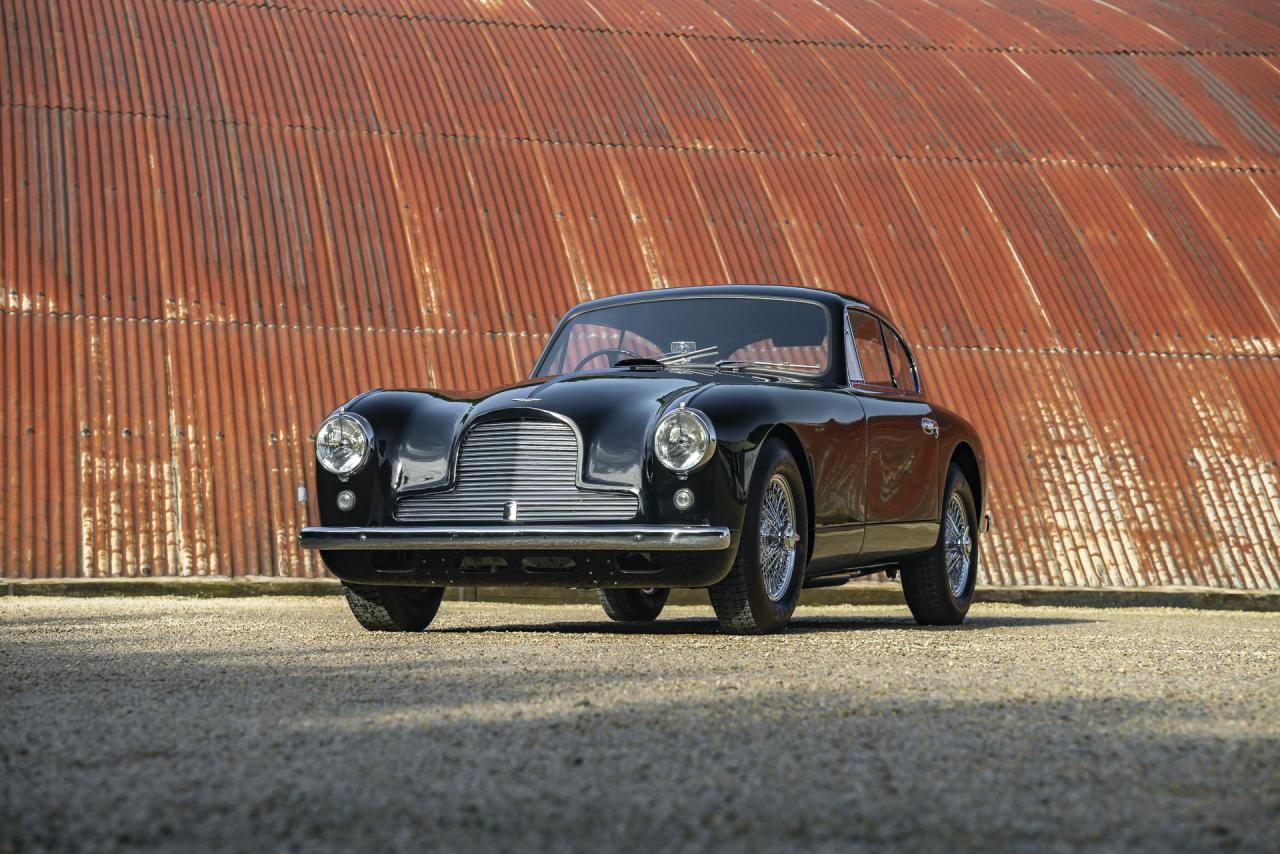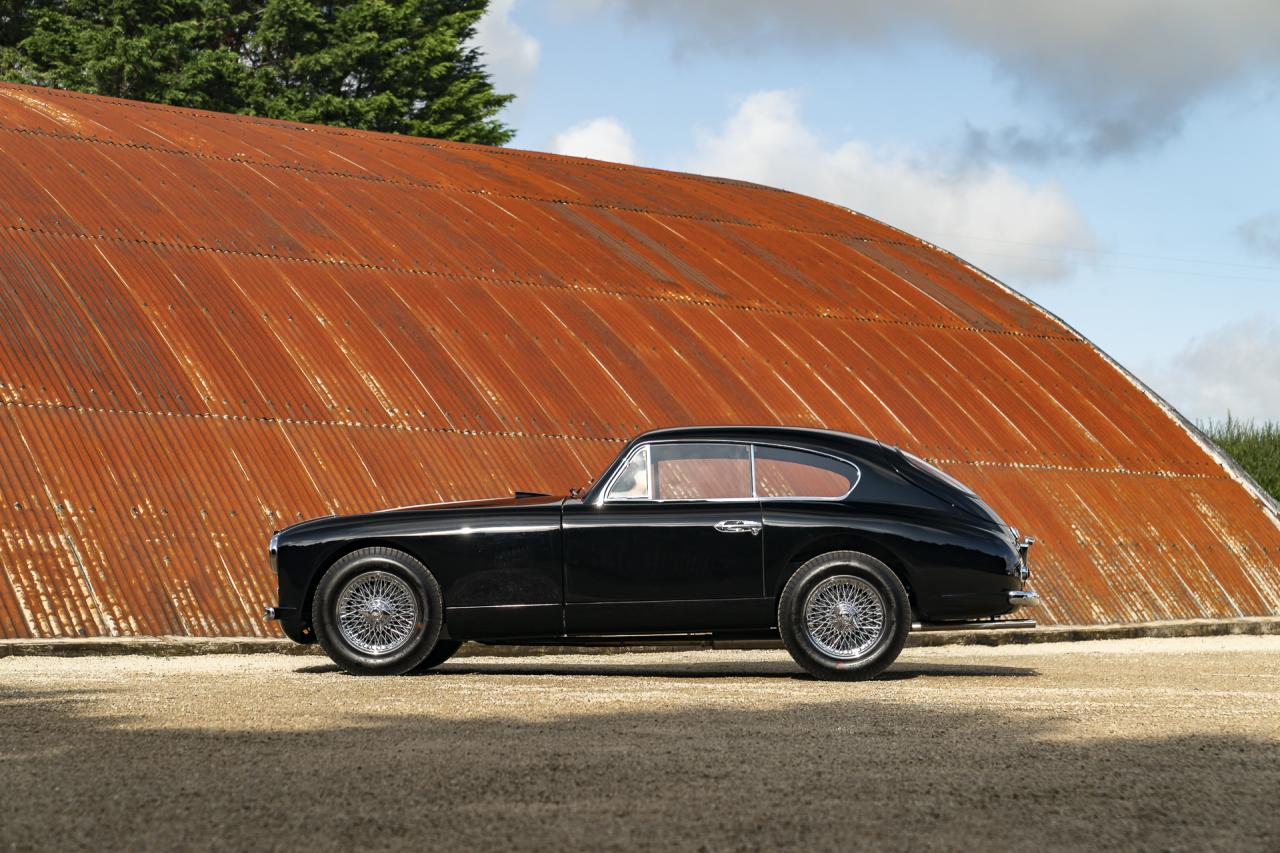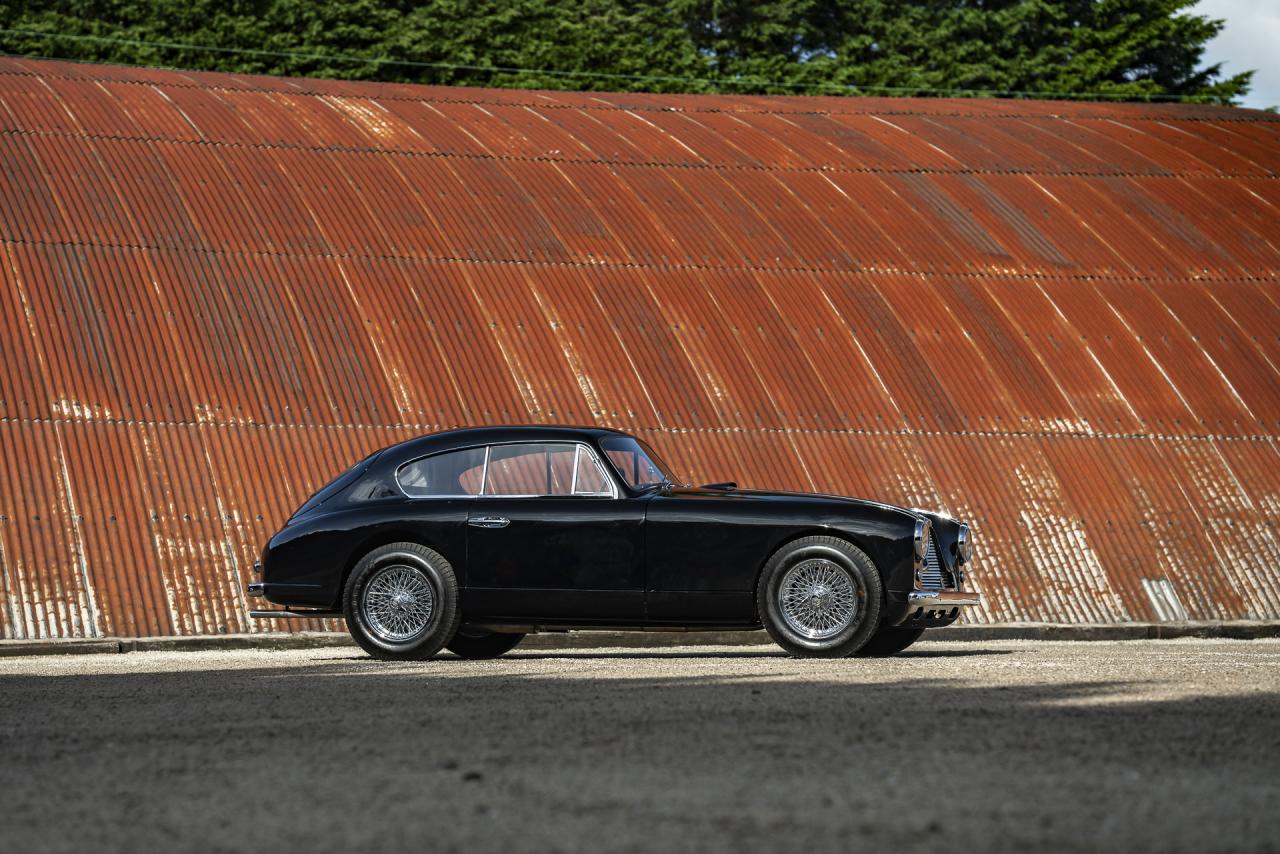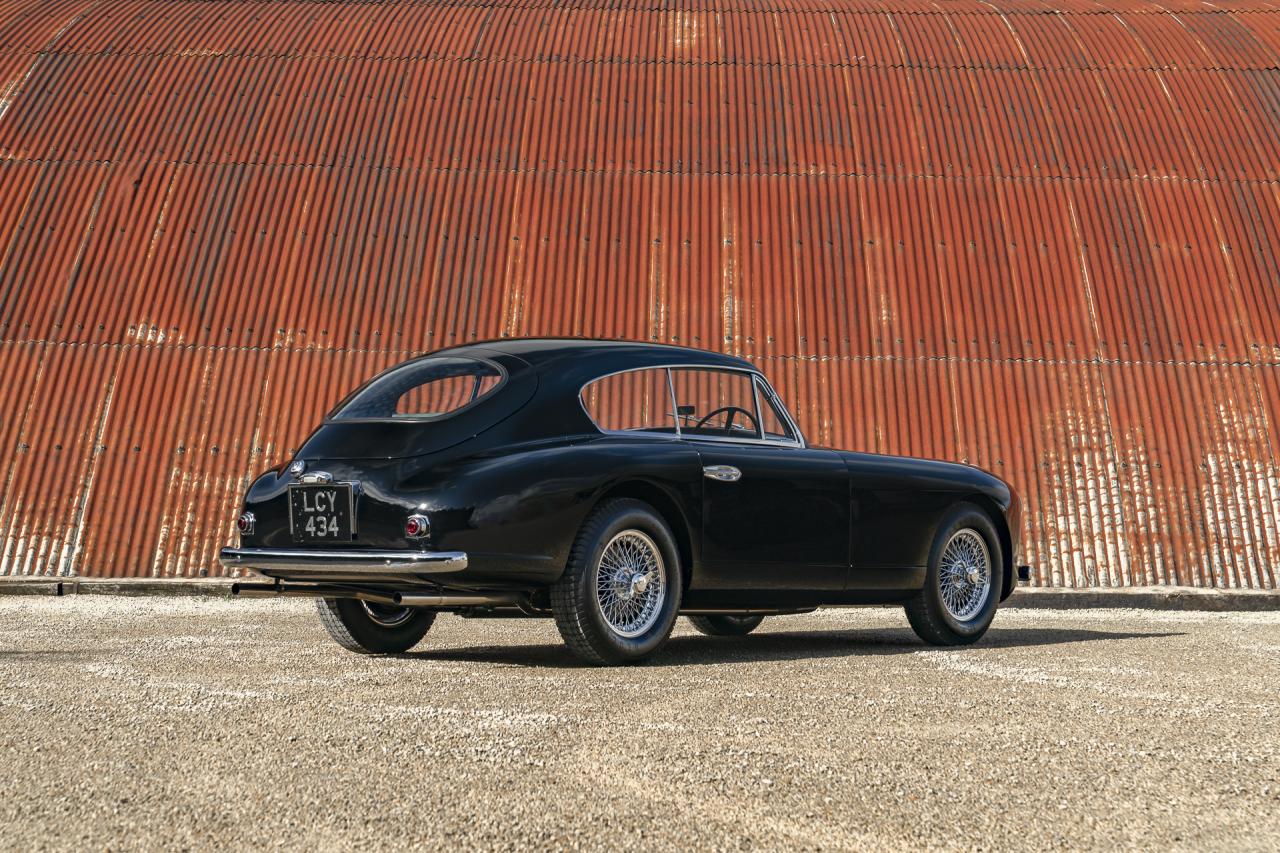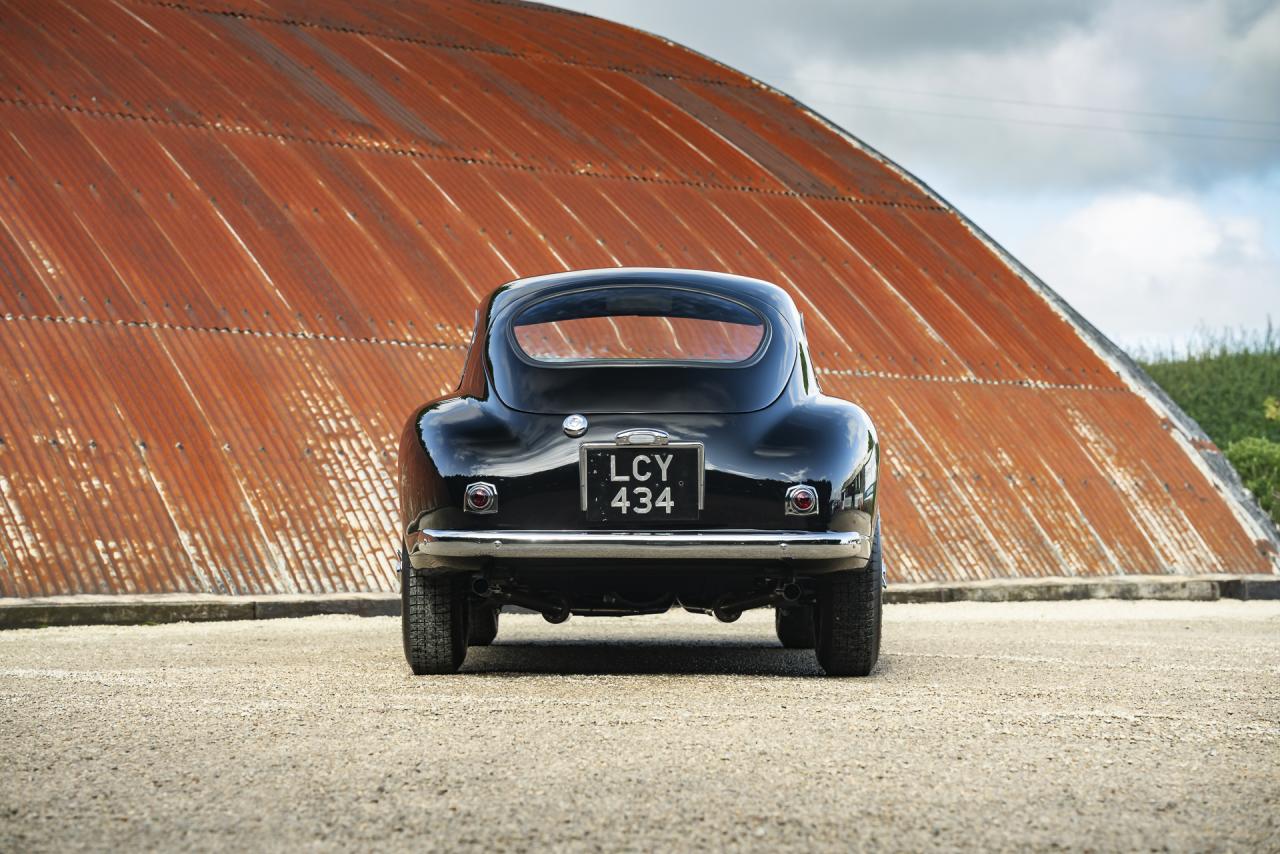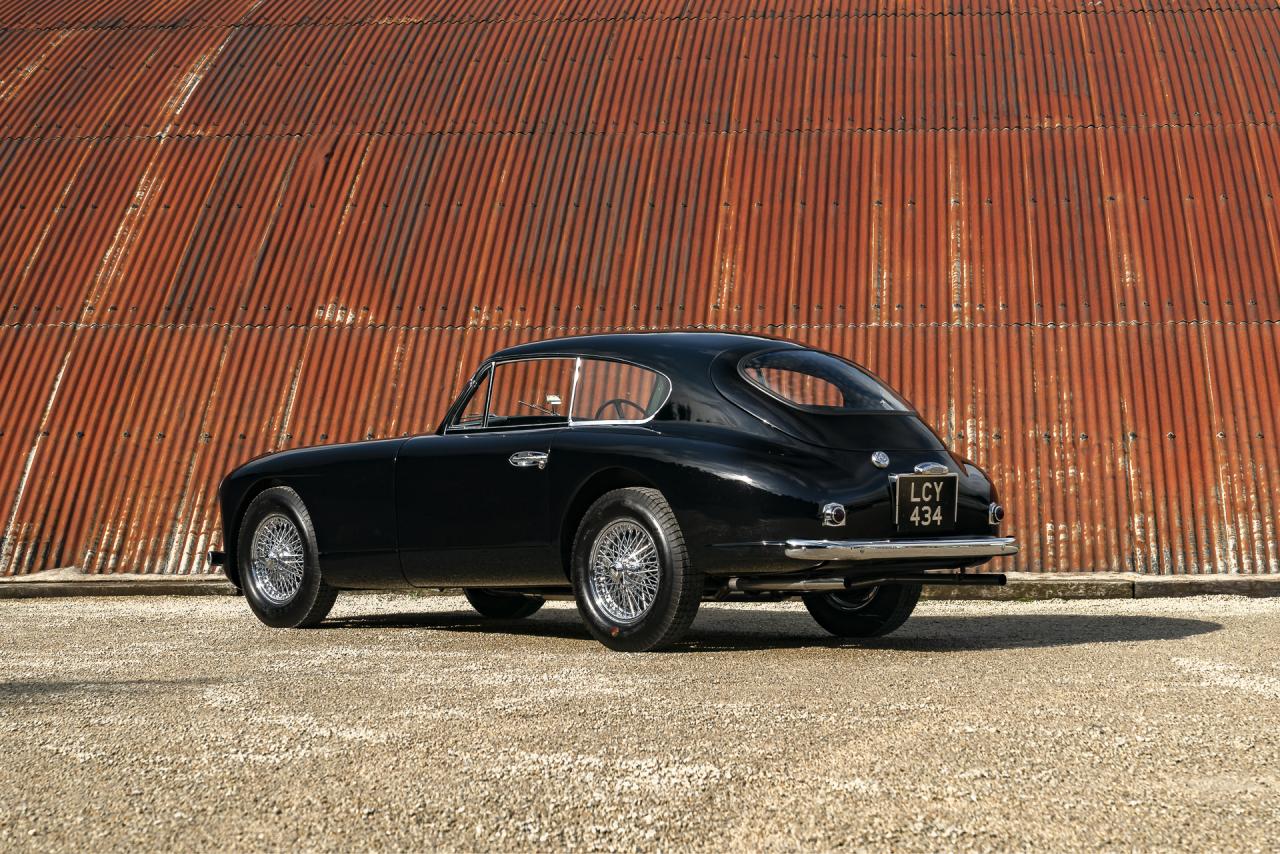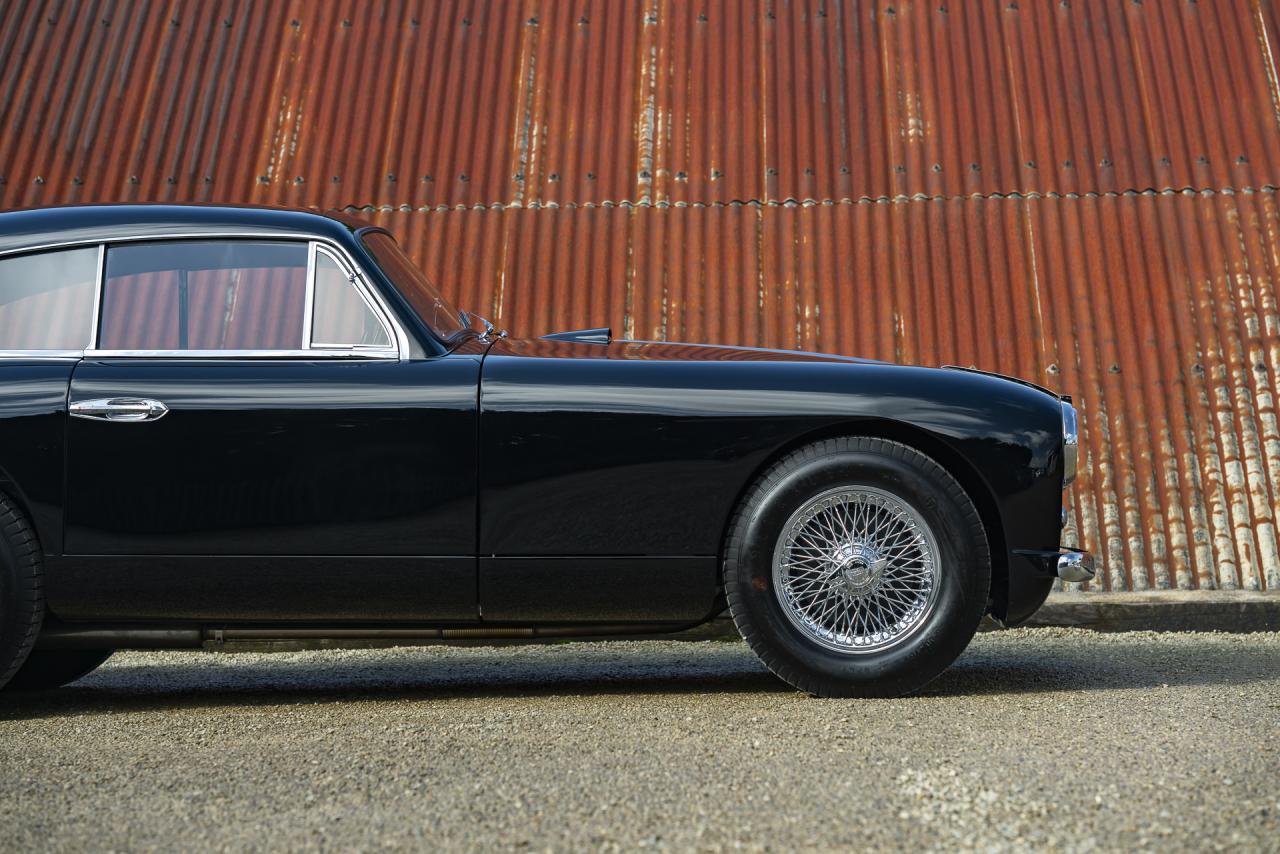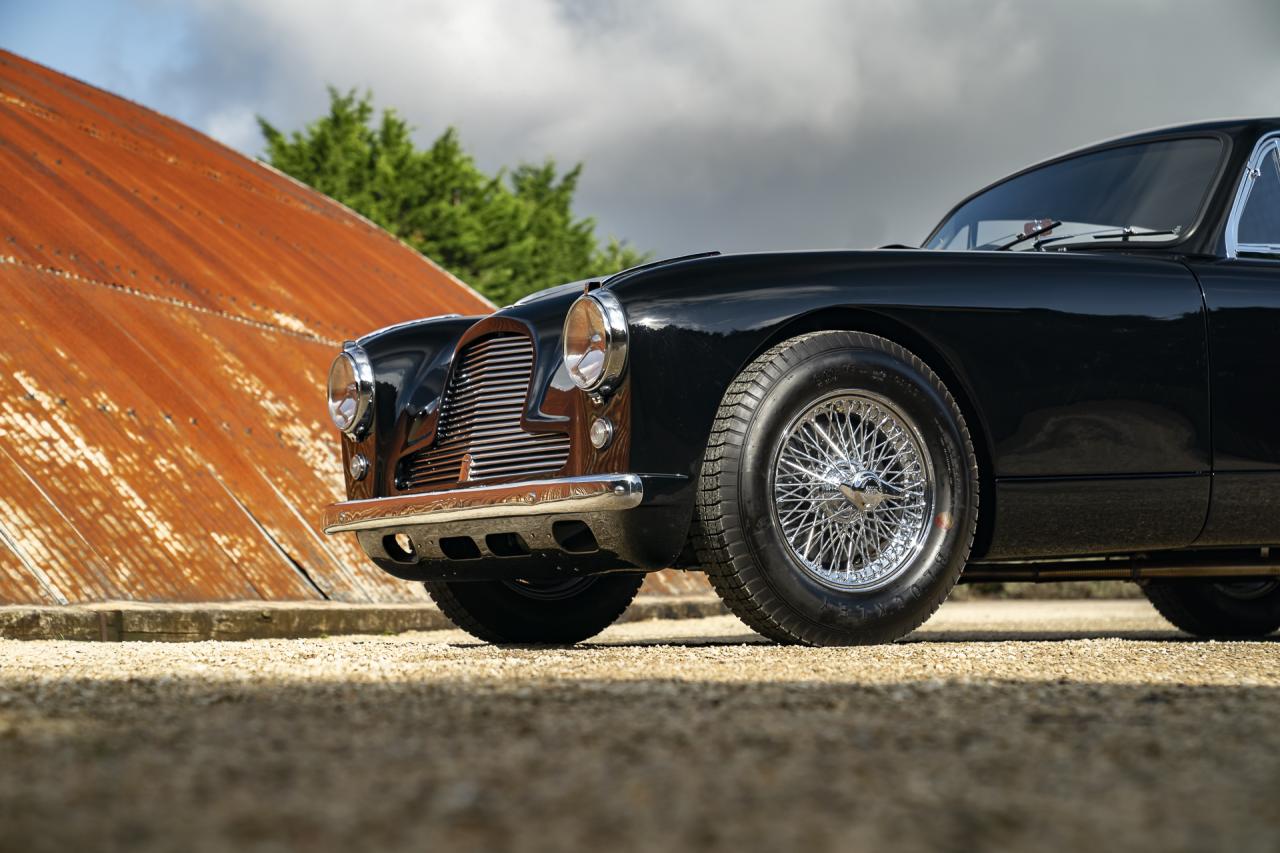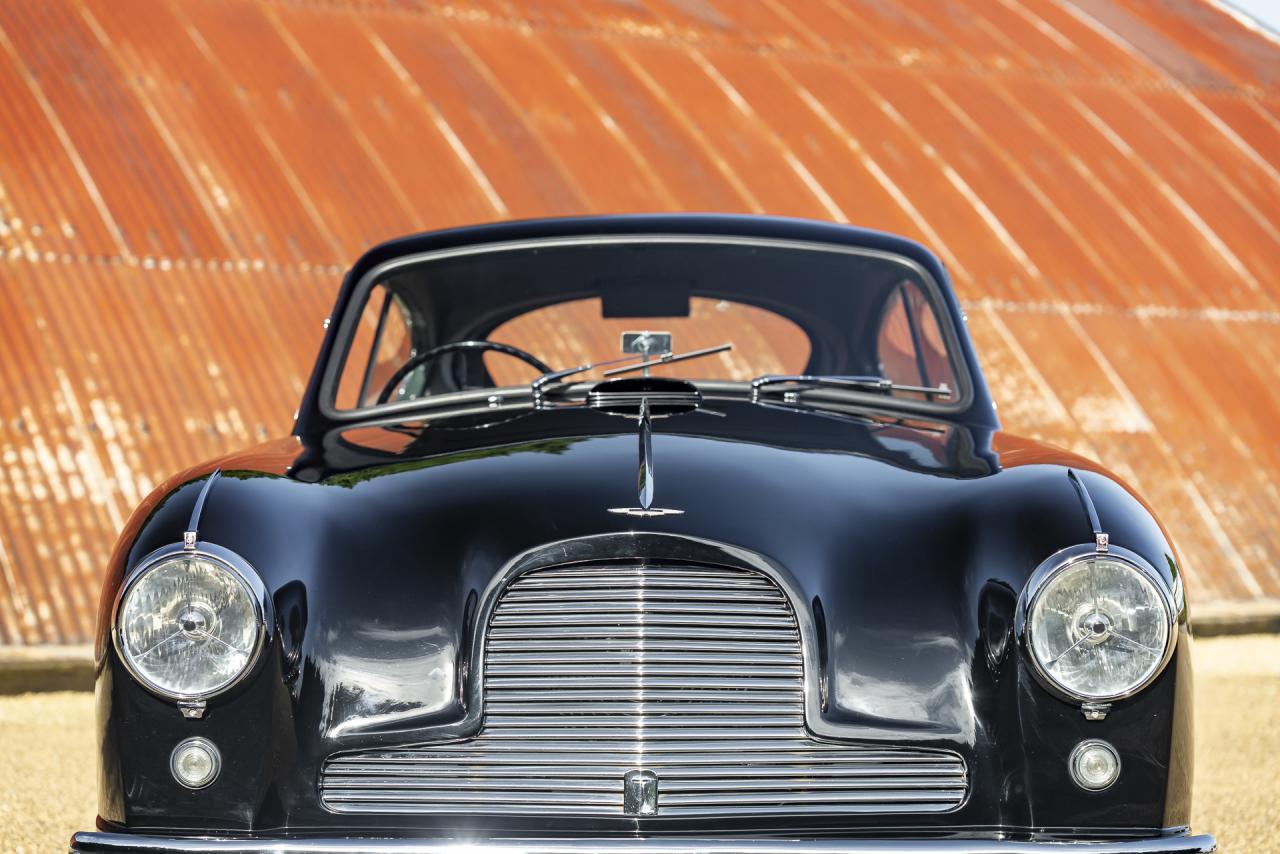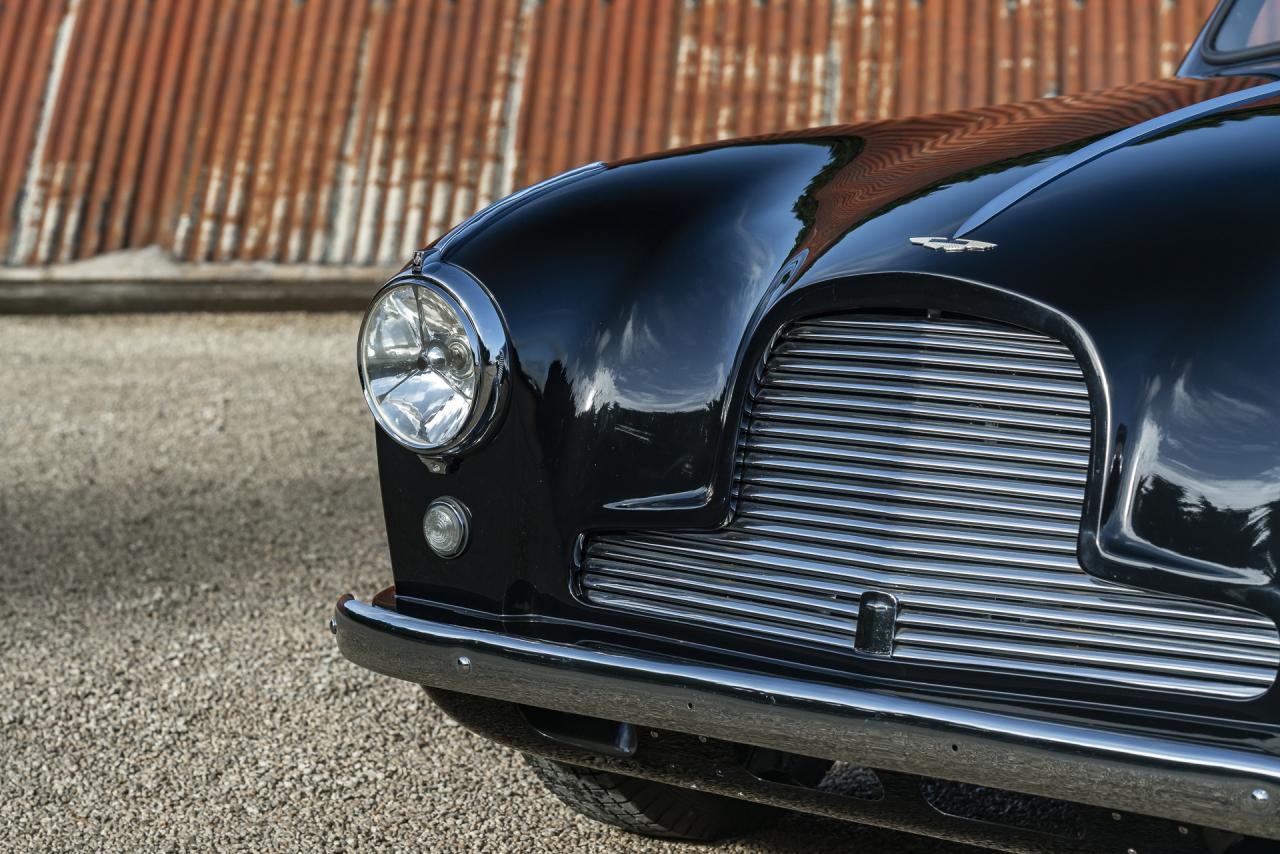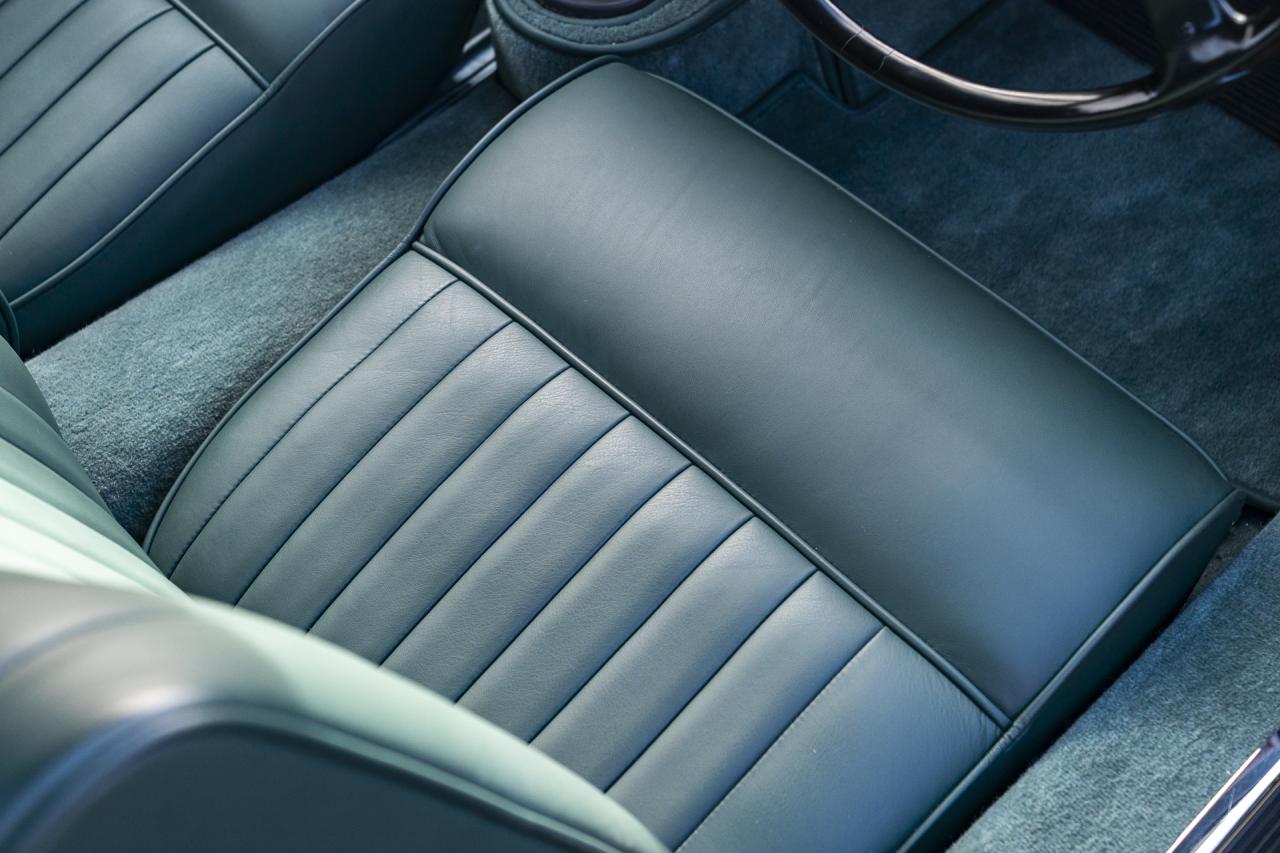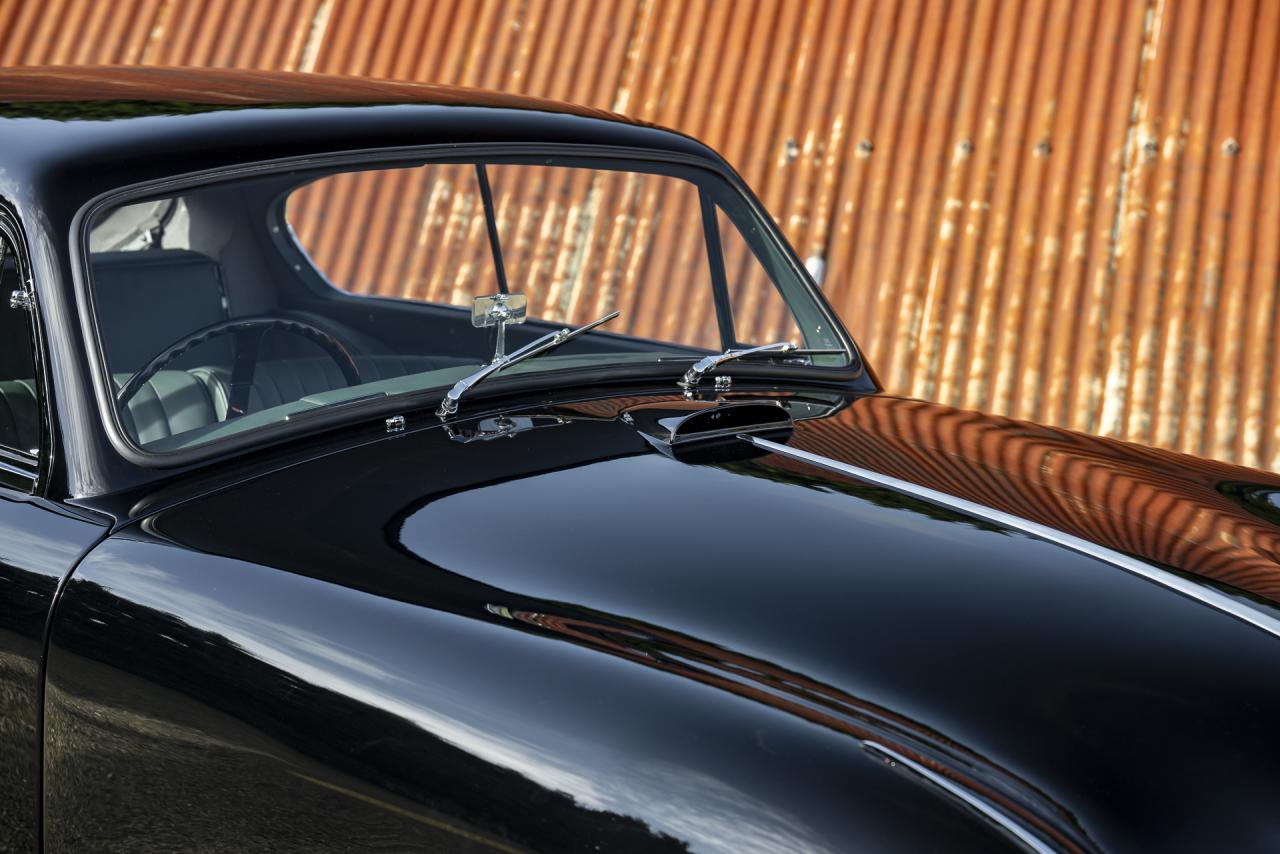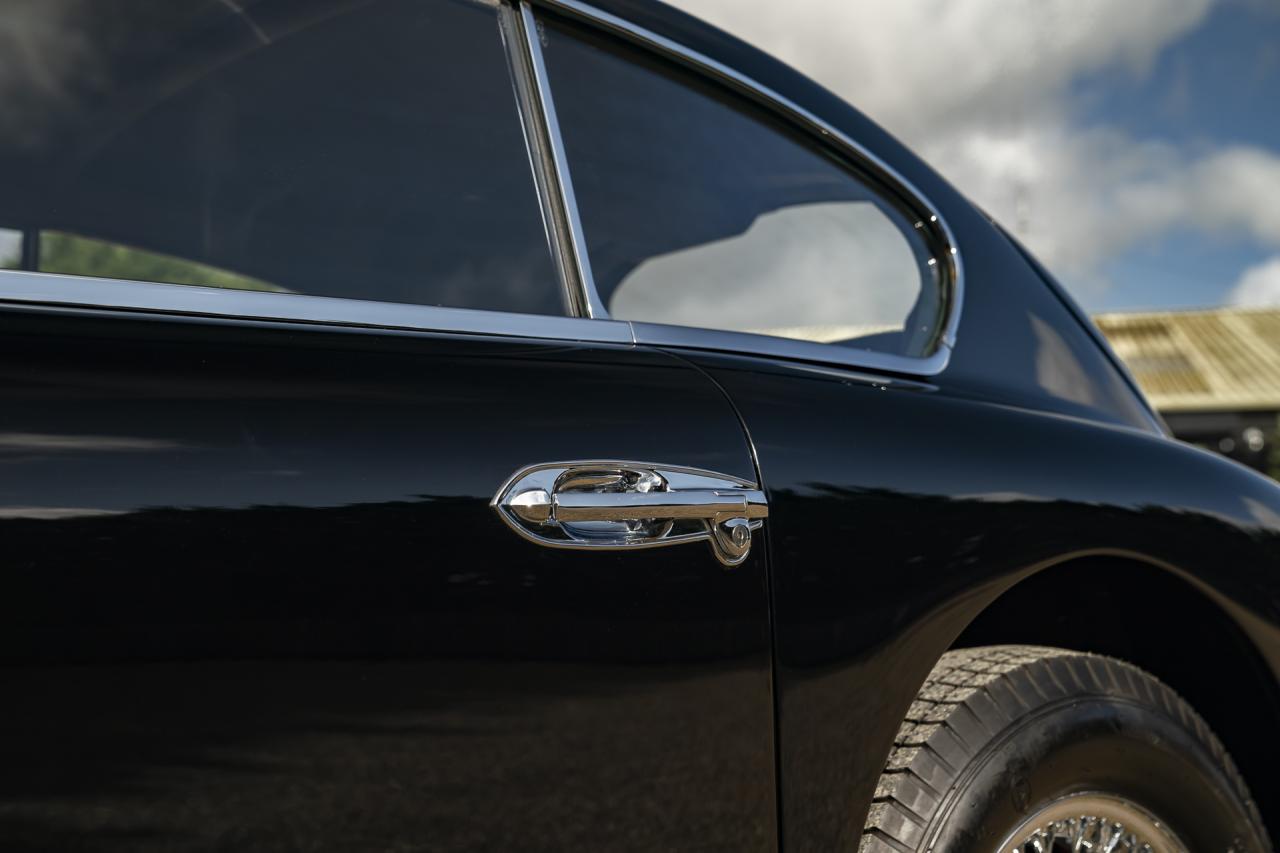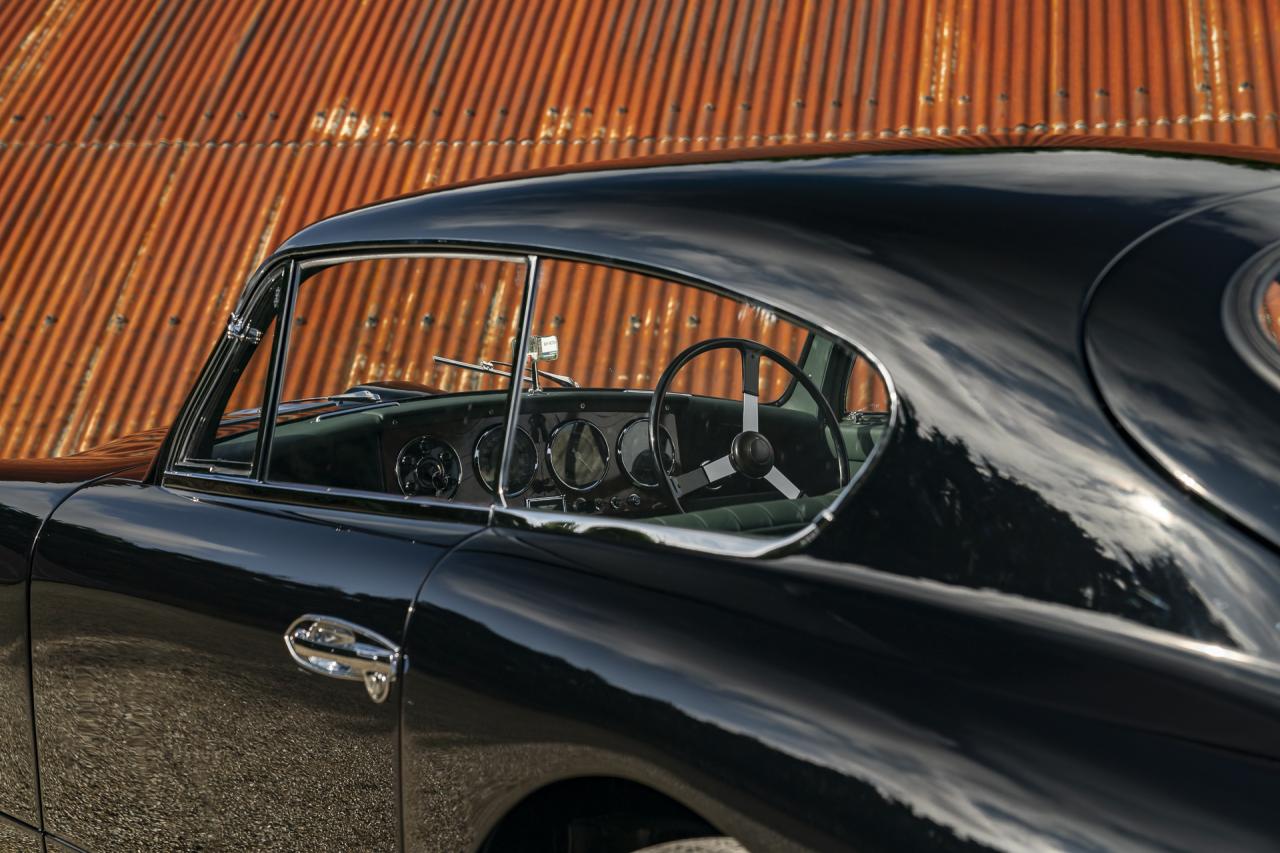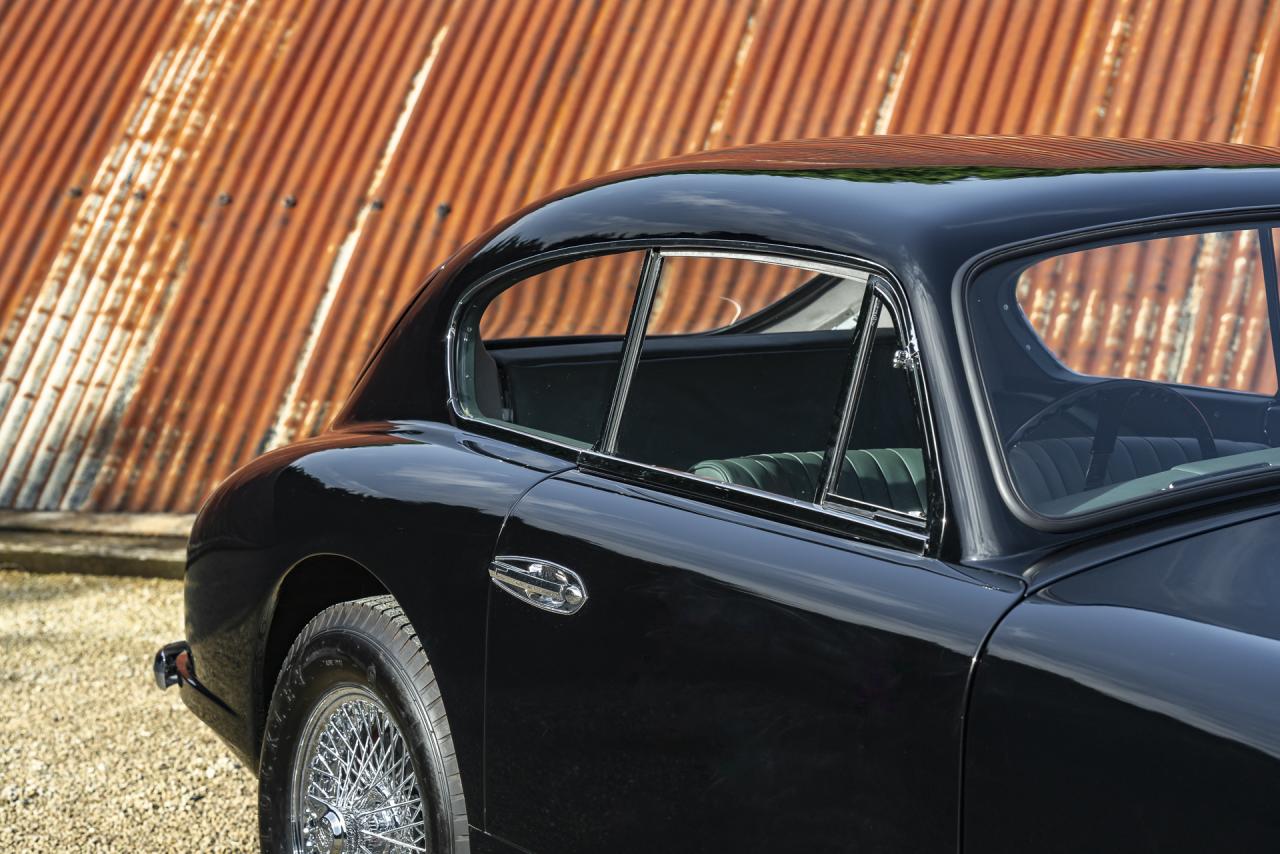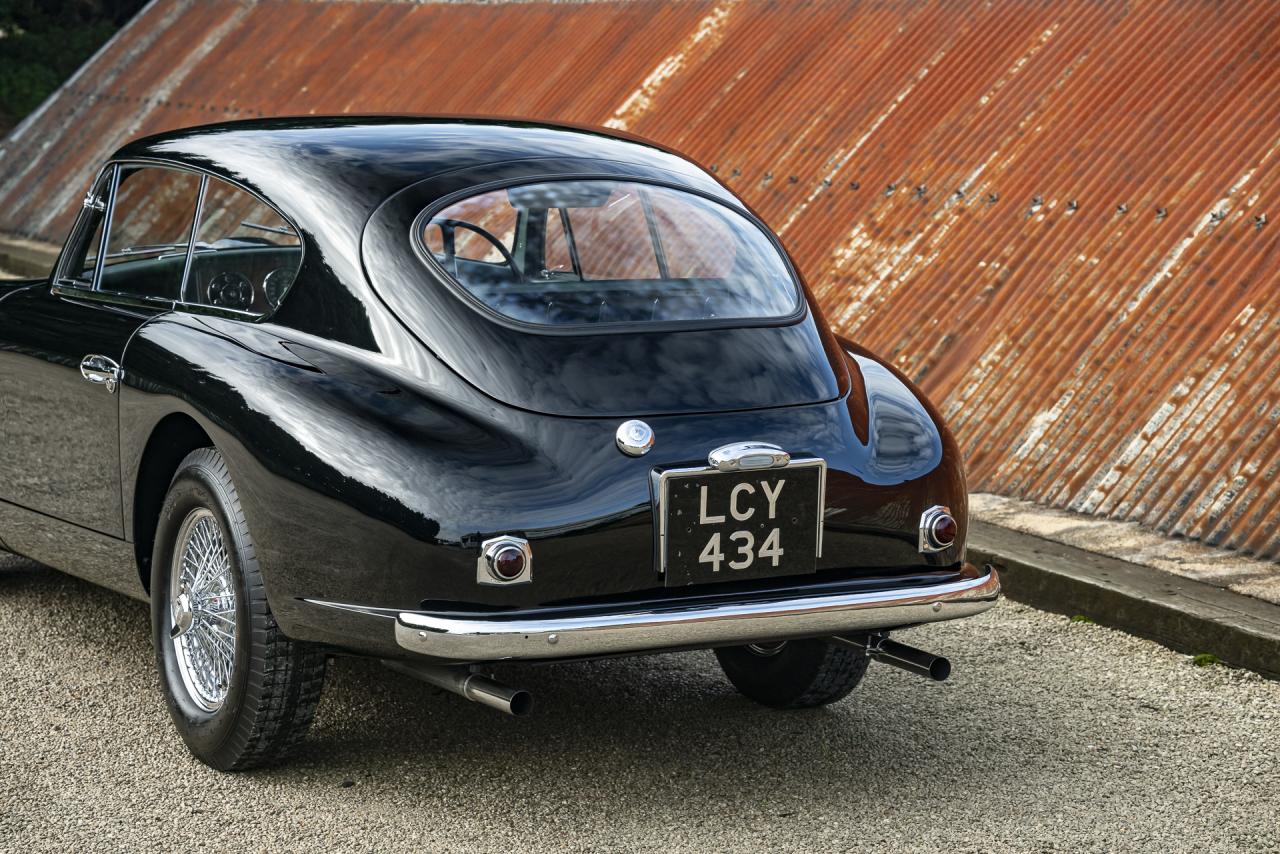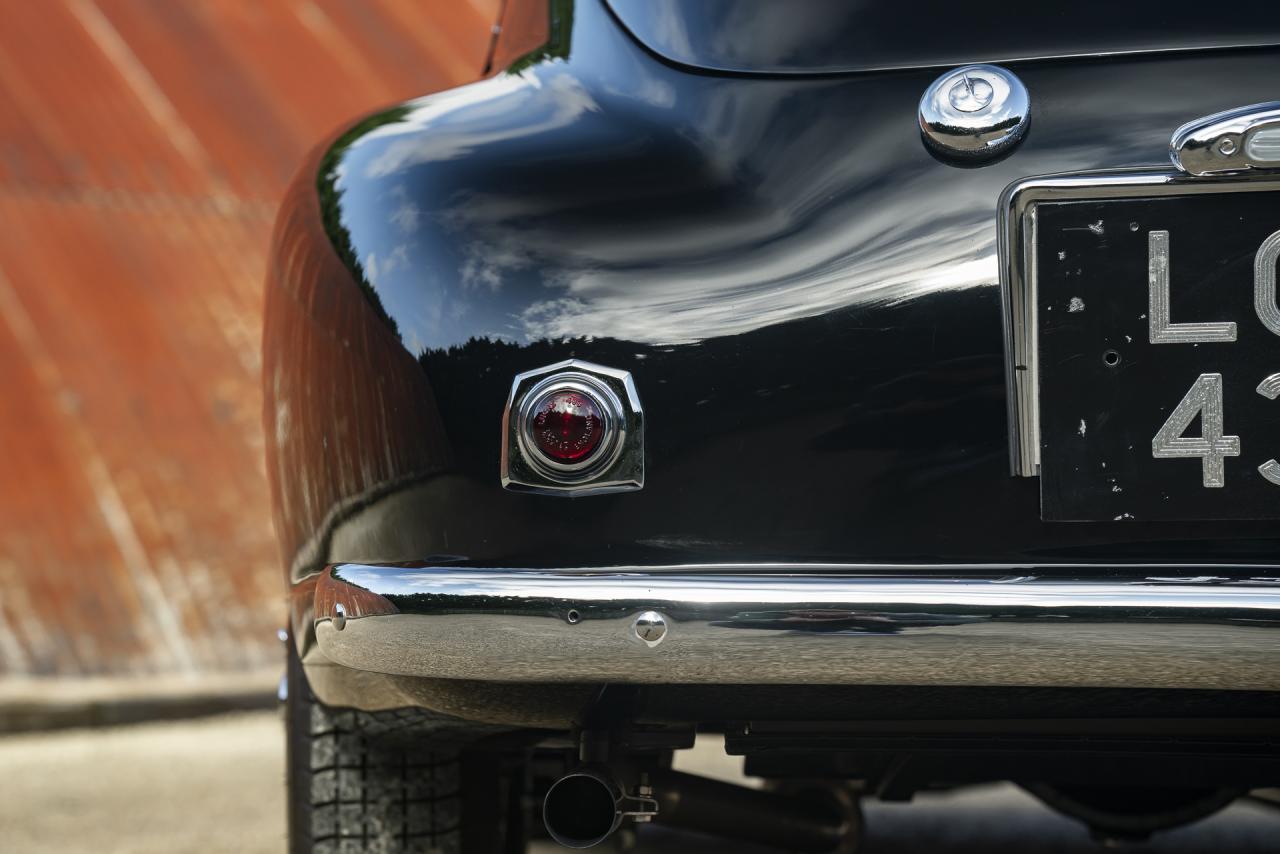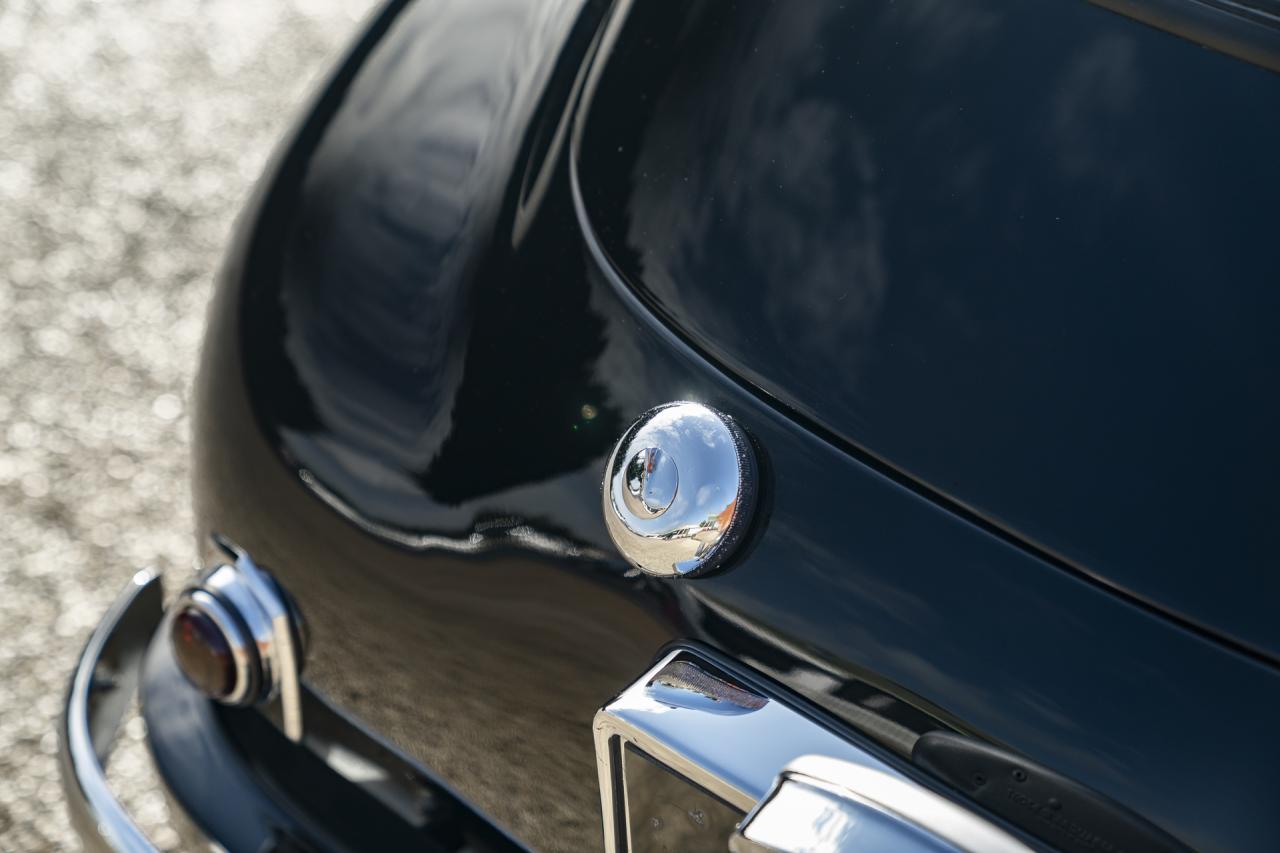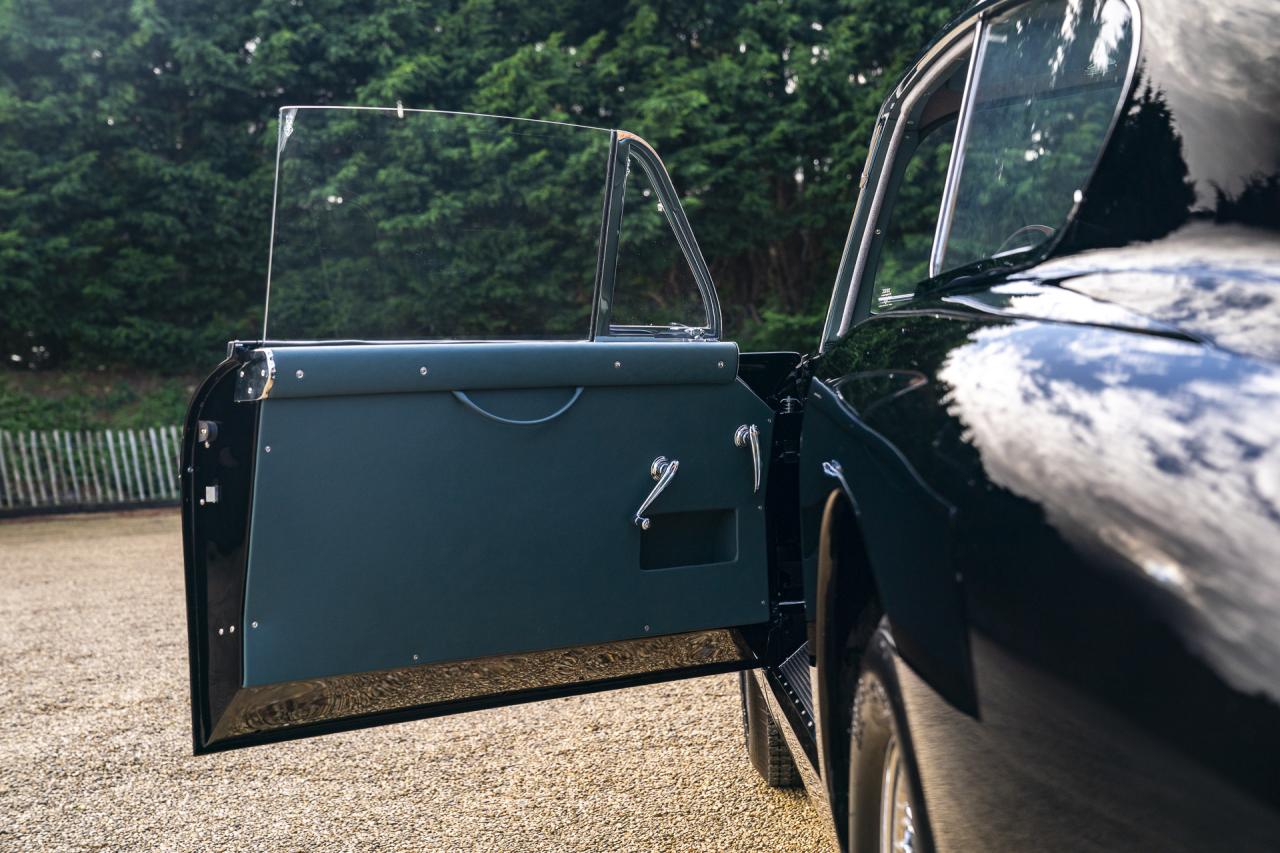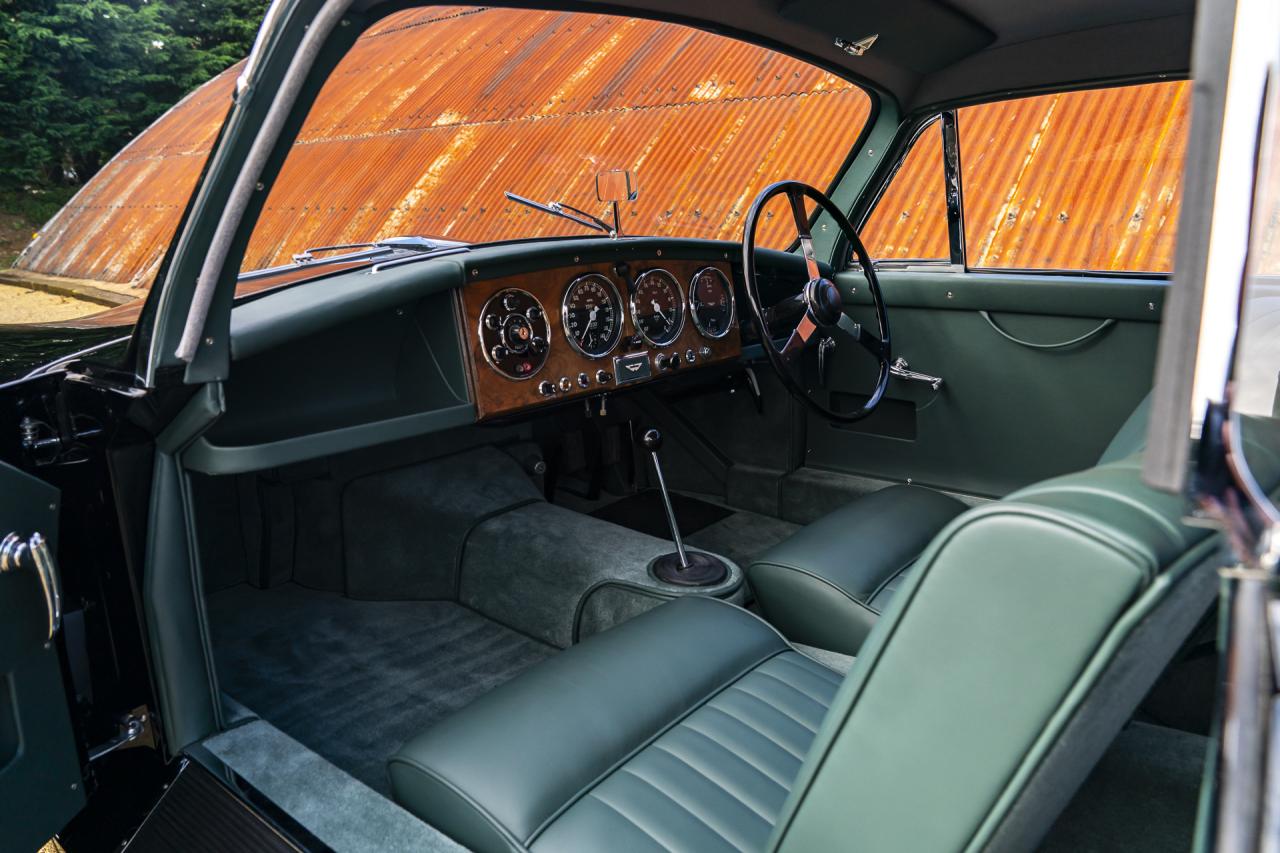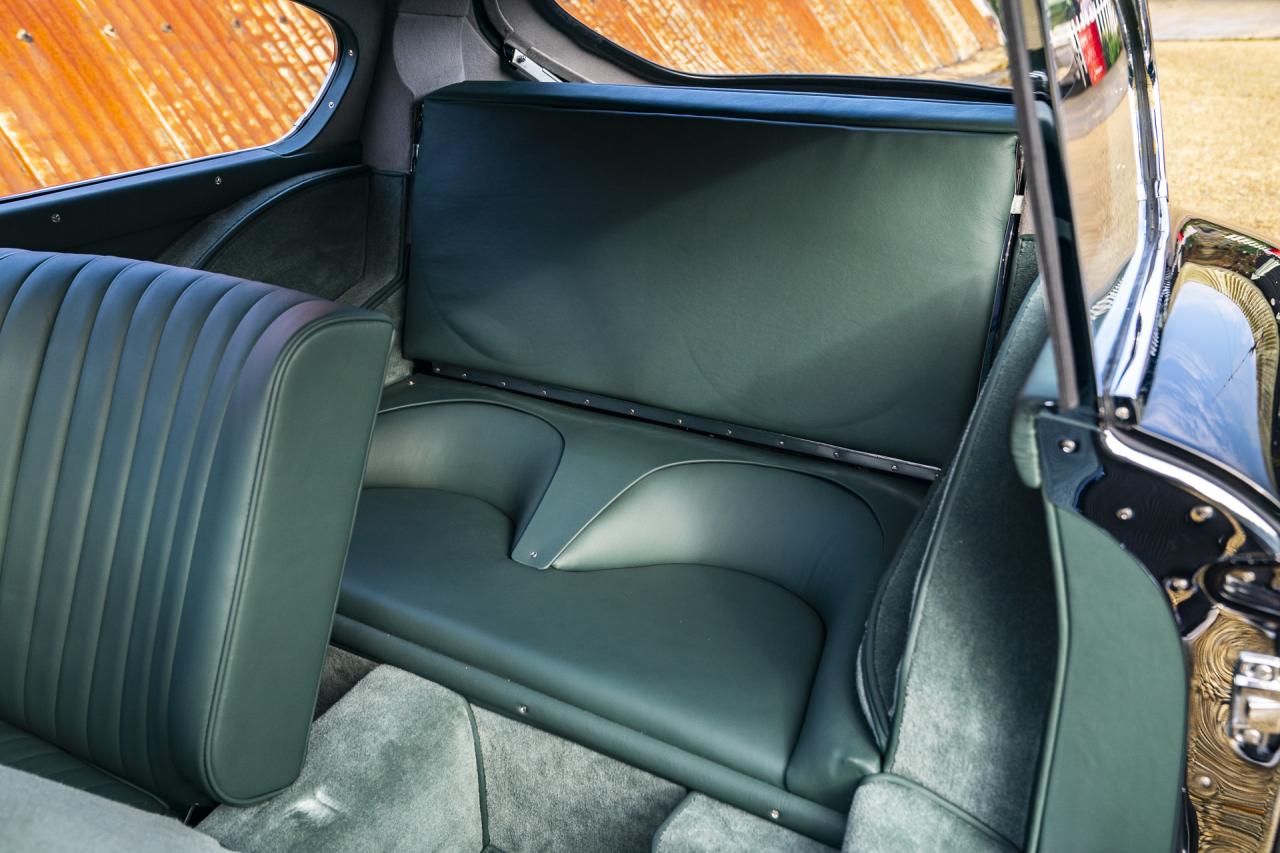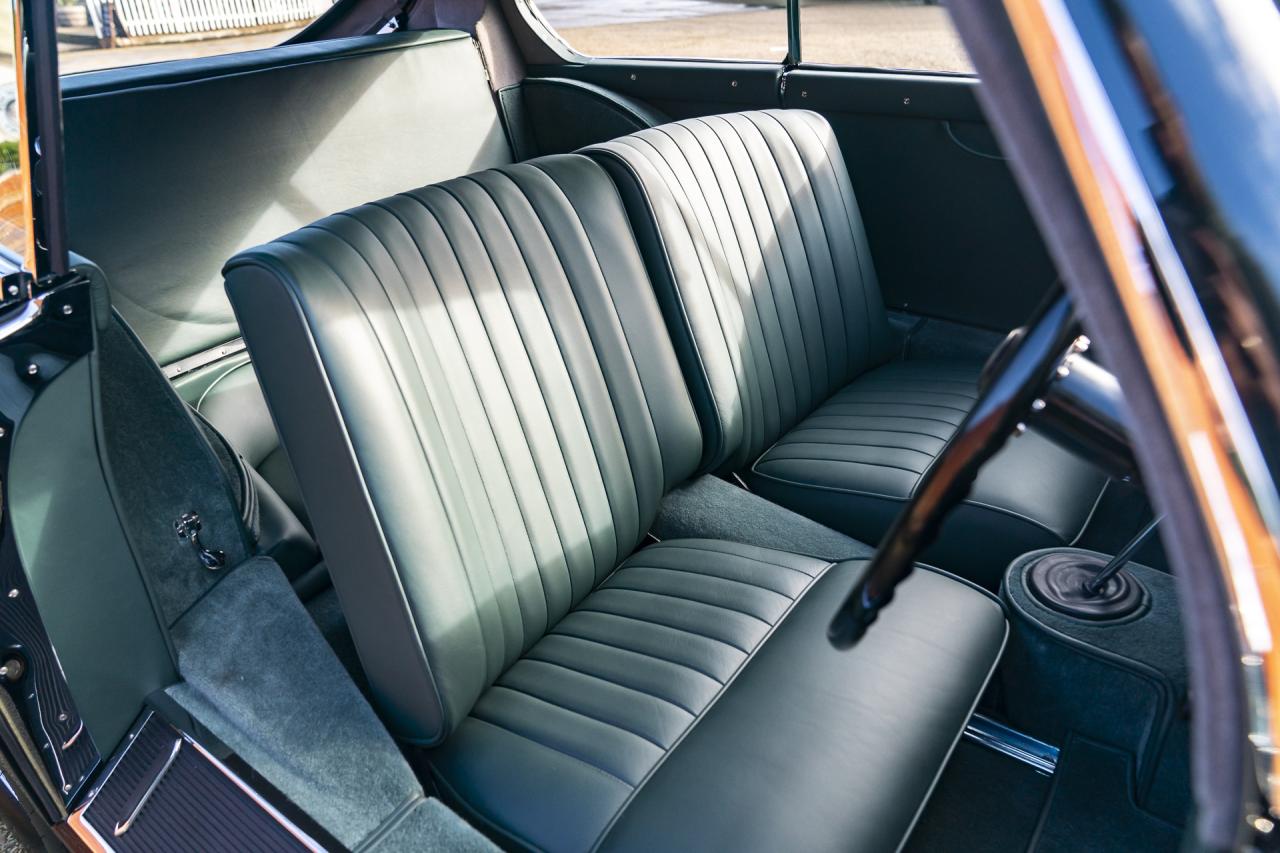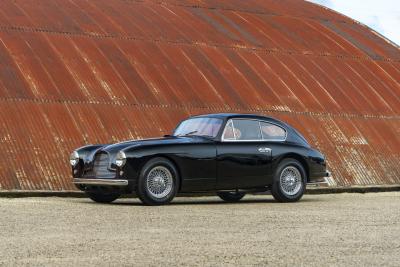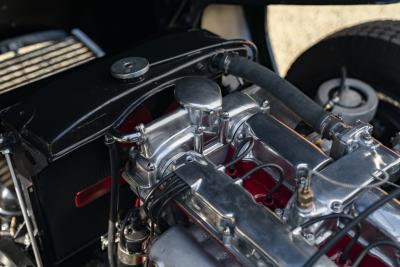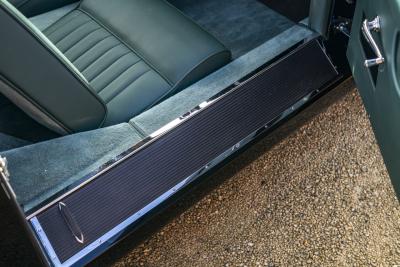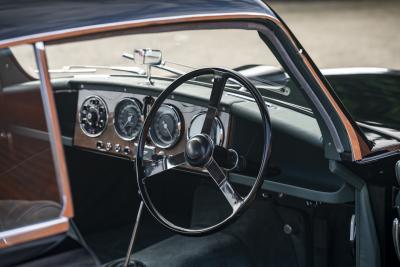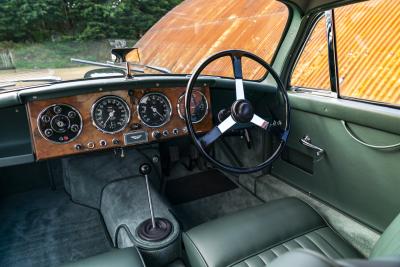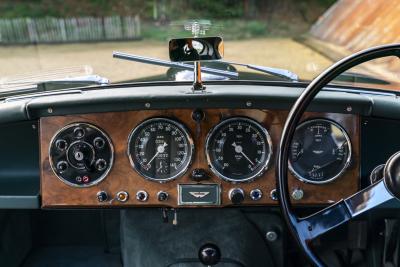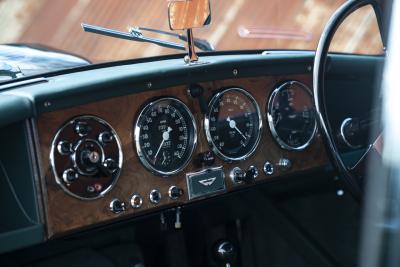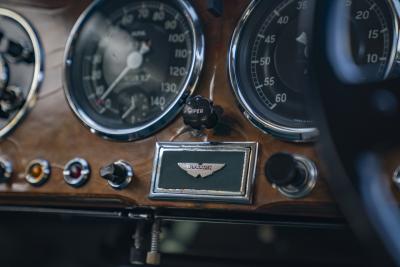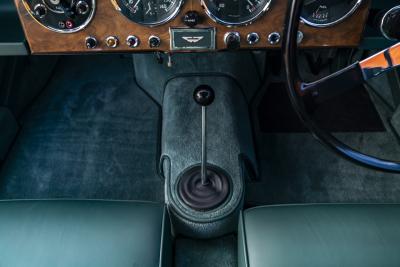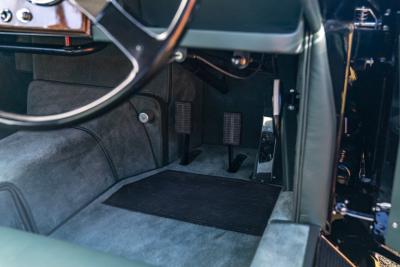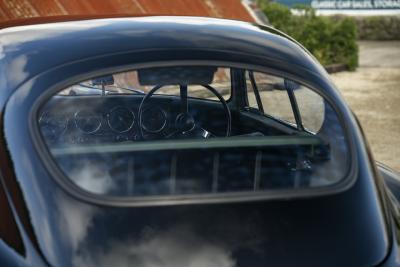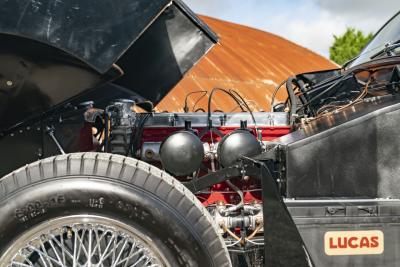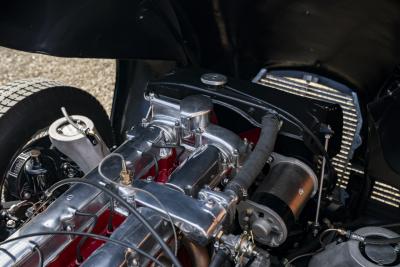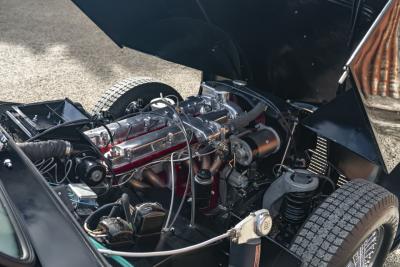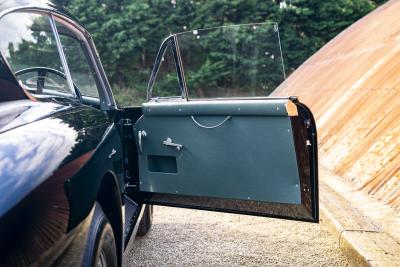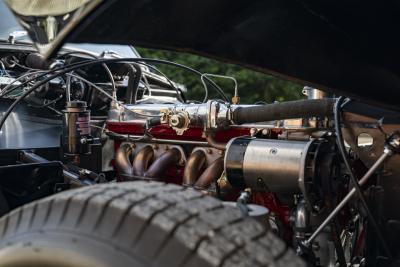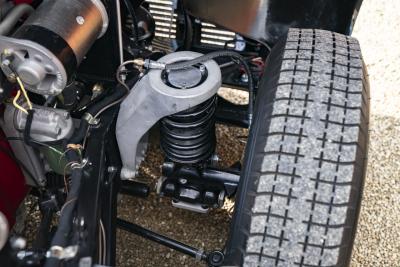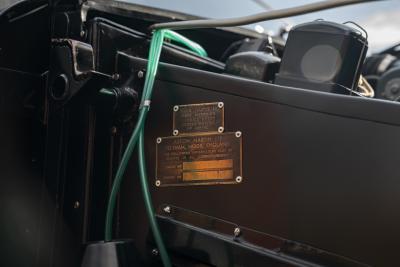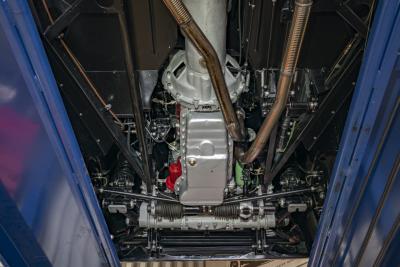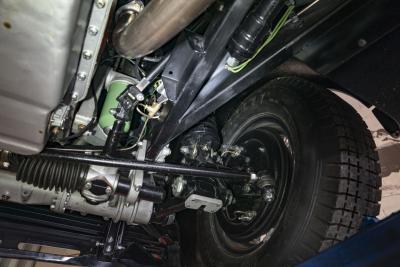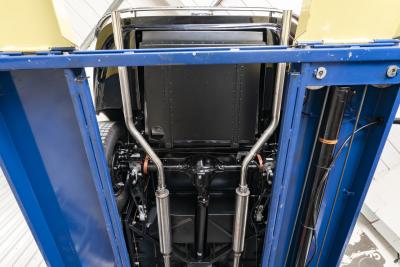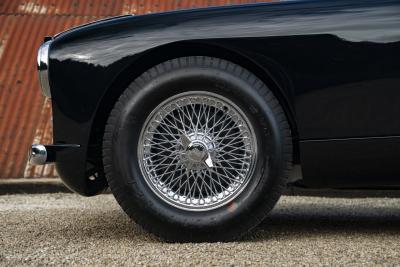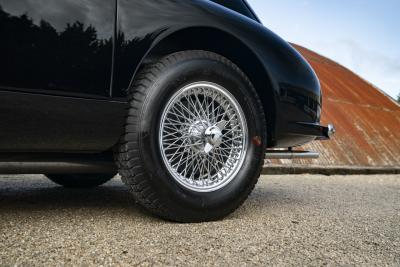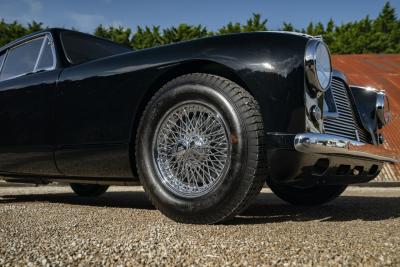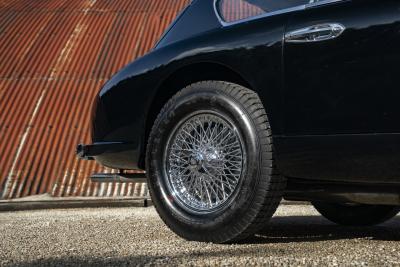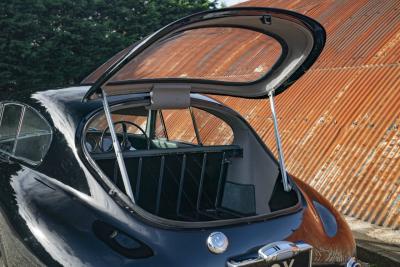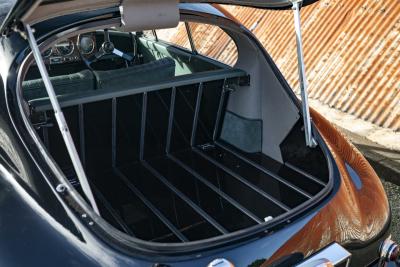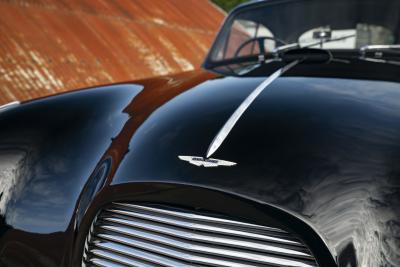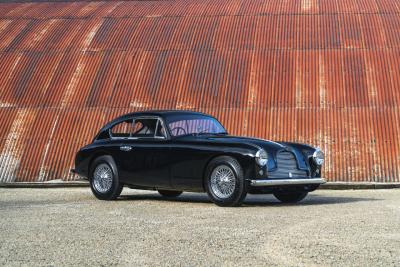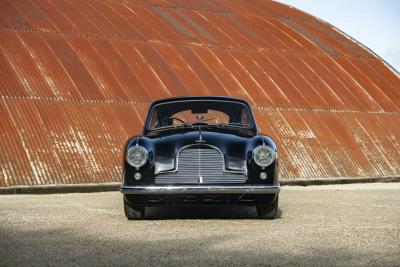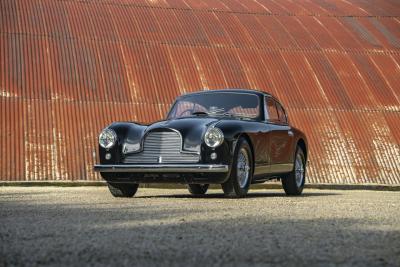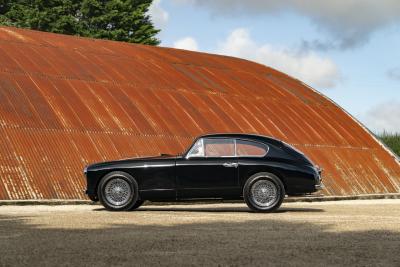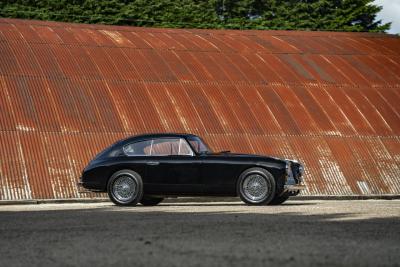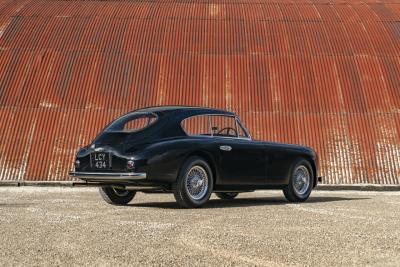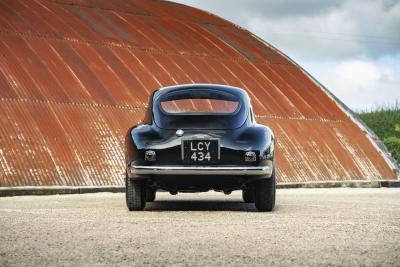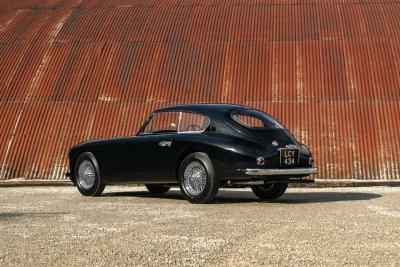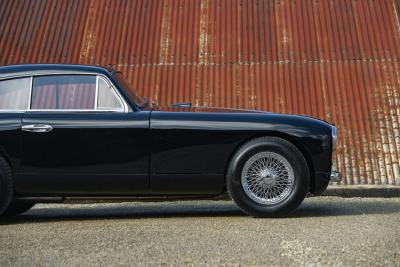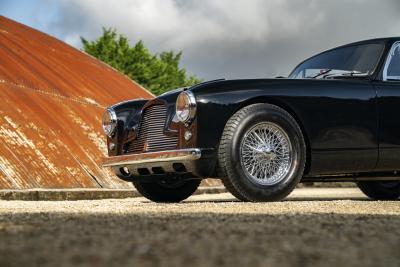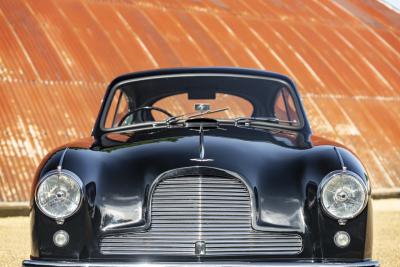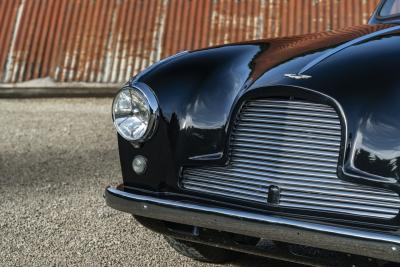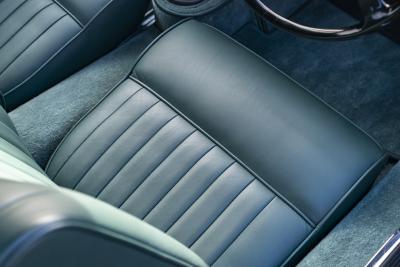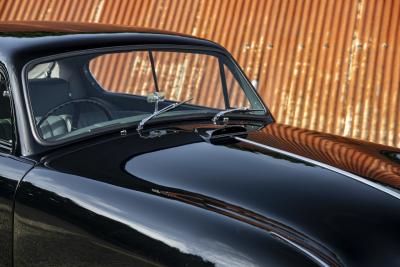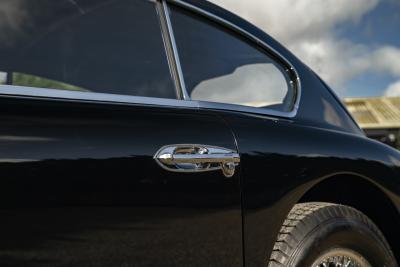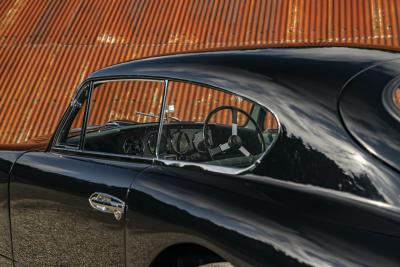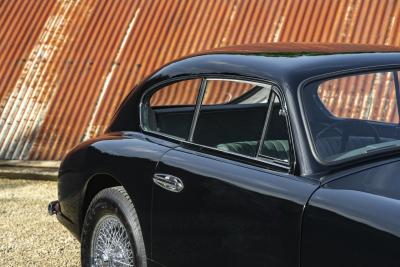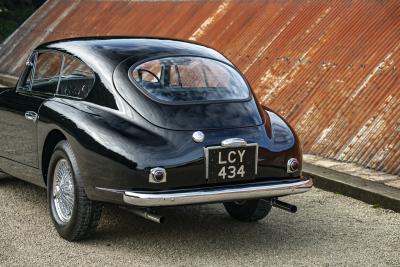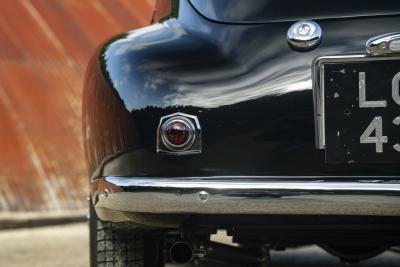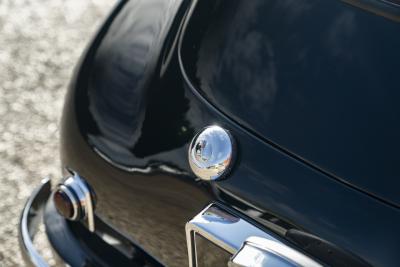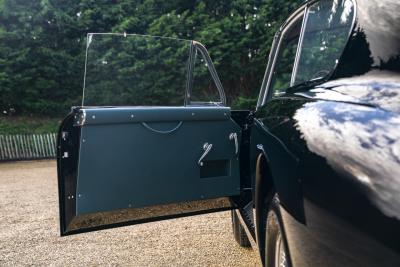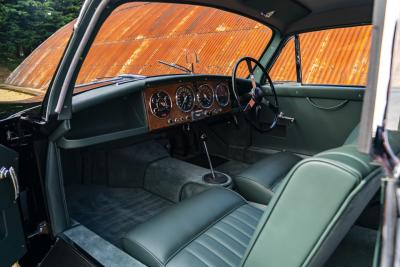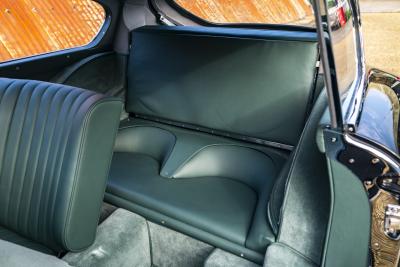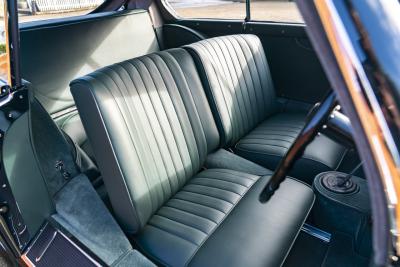Chassis number LML/853 was sold new via Berkeley Motors in Bristol and its guarantee was issued on 24 November 1954. Its first owner was AHL Eccles, who lived in South Wales - its registration number of LCY 434 was issued in Swansea.
Its continuation logbook shows that it was owned by a Mr Baxter in 1973, and by 1982 it was owned by F Somer in London. The Aston Martin was then acquired by Thomas Weber in 2012, and he embarked on a thorough restoration that was carried out to the very highest standard.
The DB2/4 was completely stripped down, with the body being removed from the chassis. Both of them were sandblasted back to bare metal, the bulkhead was renewed, and sections of metalwork that were replaced included the rear wheelarches, door skins, floors and sills.
The original six-cylinder engine was rebuilt using forged con-rods and pistons, plus new cylinder liners, and a new aluminium cylinder head was fitted. The gearbox was rebuilt using new bearings, seals and - where necessary - synchroniser rings, and the rear axle was also rebuilt.
The brake and fuel systems were both overhauled, a new wiring harness was fitted, all of the original brightwork was rechromed, and the interior was retrimmed. The DB2/4 is now presented in its original colour scheme of black with green interior, and the extremely high quality of the restoration is apparent wherever you look. Now being offered for sale with a full photographic record of its rebuild, this Aston Martin DB2/4 is truly stunning example of this handsome and versatile 1950s British sports car.
MODEL HISTORY
The Aston Martin DB2/4 was a development of the two-seater DB2, which had been introduced in 1950. Its 2.6-litre Lagonda engine produced 100bhp at 5000rpm, while the elegant Frank Feeley-designed bodywork was shaped from aluminium at Aston Martin's Feltham factory. At £2331, it was considerably more expensive than the Jaguar XK 120, but the Aston was built in far smaller numbers.
The more-powerful Vantage model had been added in late 1950, with a higher compression ratio, and a drophead coupe was also offered. Then came the new DB2/4, which was launched at the 1953 London Motor Show and was so named to reflect the additional of two small rear seats, even though the wheelbase remained the same.
The extended tail featured an opening 'hatch' in order to provide access to the luggage area, and the Vantage engine was fitted as standard to compensate for the extra weight. The bodywork was no longer produced in-house, Mulliners having been contracted to make it, although final assembly was still carried out at Feltham.
A lightly facelifted MkII version of the DB2/4 was introduced in October 1955, with a change in axle ratio from 3.73:1 to 3.77:1. There was also improved interior ventilation and better seats, plus the addition of a fixed-head coupe model that did away with the rear hatch.
Most importantly in terms of Aston Martin's future, the DB2/4 MkII featured bodywork made not by Mulliners in Birmingham but by Tickford in Newport Pagnell. Marque owner David Brown had bought Tickford in 1954 as a way of reducing Aston Martin's reliance on external coachbuilders, and from 1957 onwards, all production would be moved to Newport Pagnell from the marque's long-time base at Feltham.
Far fewer MkIIs were built than the original DB2/4, and the model was replaced by the DB MkIII in 1957 after a total of 764 had been built.
ENQUIRE NOW
Name *
Email Address *
Please provide any additional details for your enquiry
Phone *
Tick BoxPlease tick this box if don't want us to use your information
Send Message
Please do not fill in this field.
- Fuel
- Body Types
- Transmission
- Exterior Colour
- Number of doors




























































































